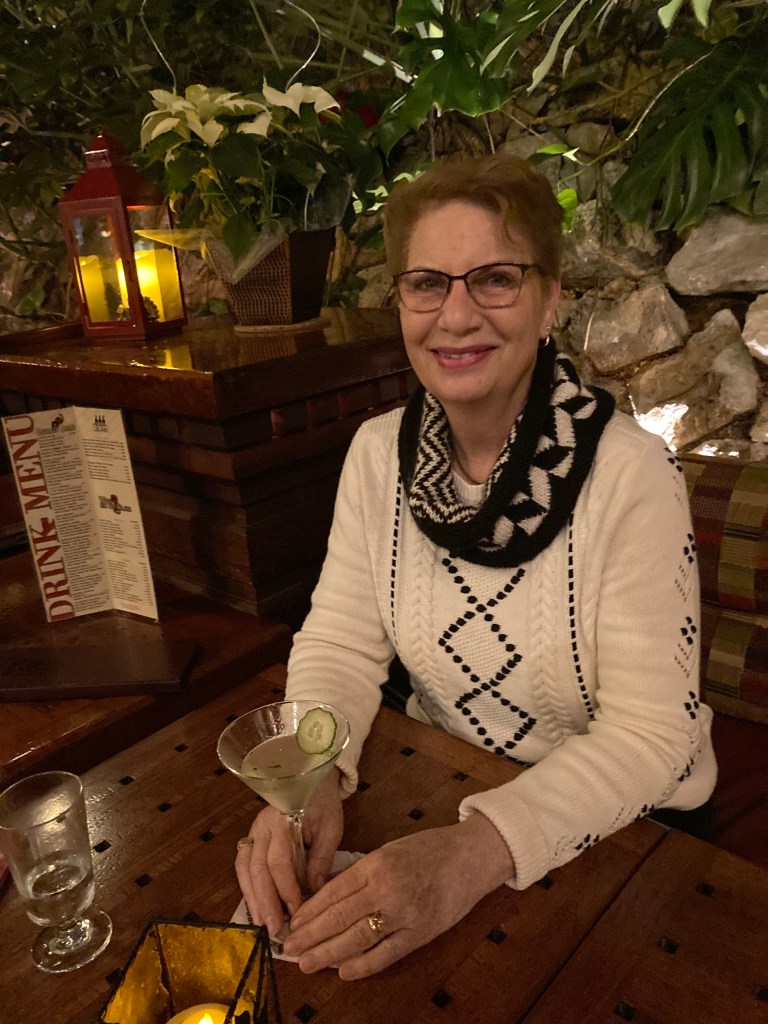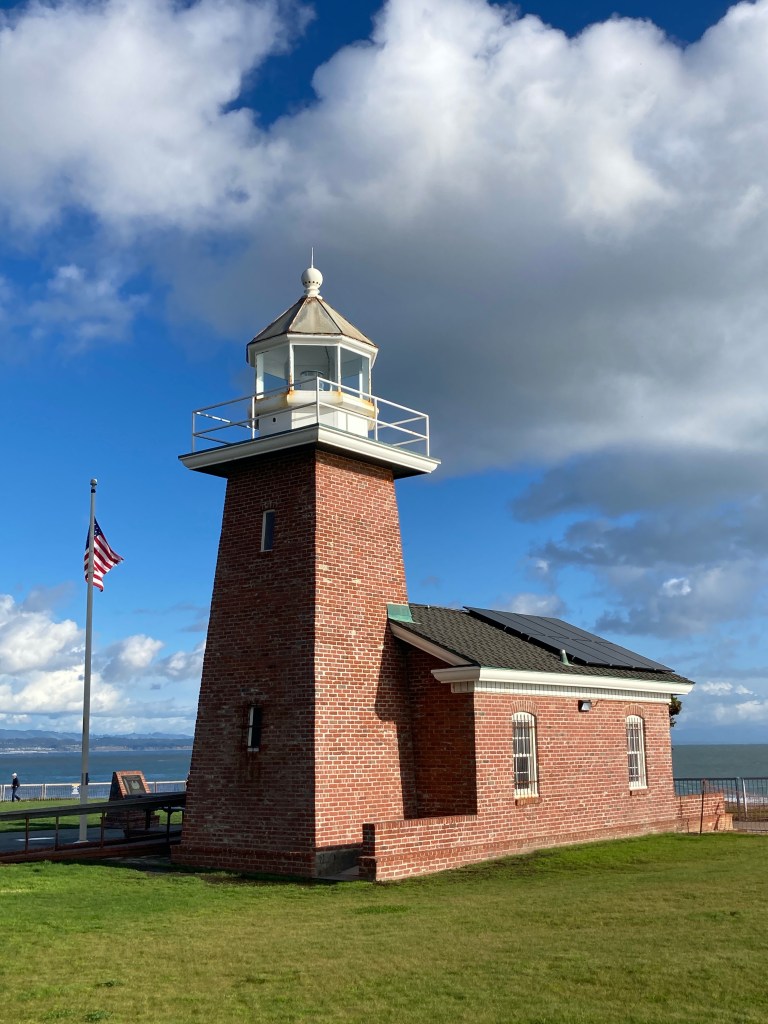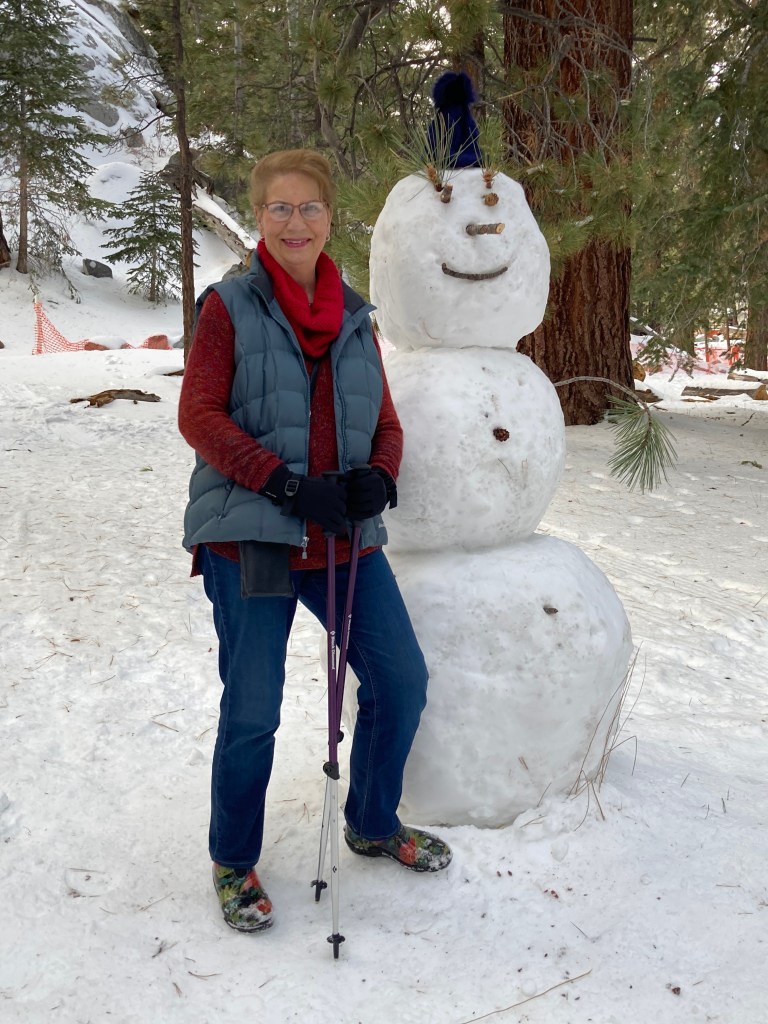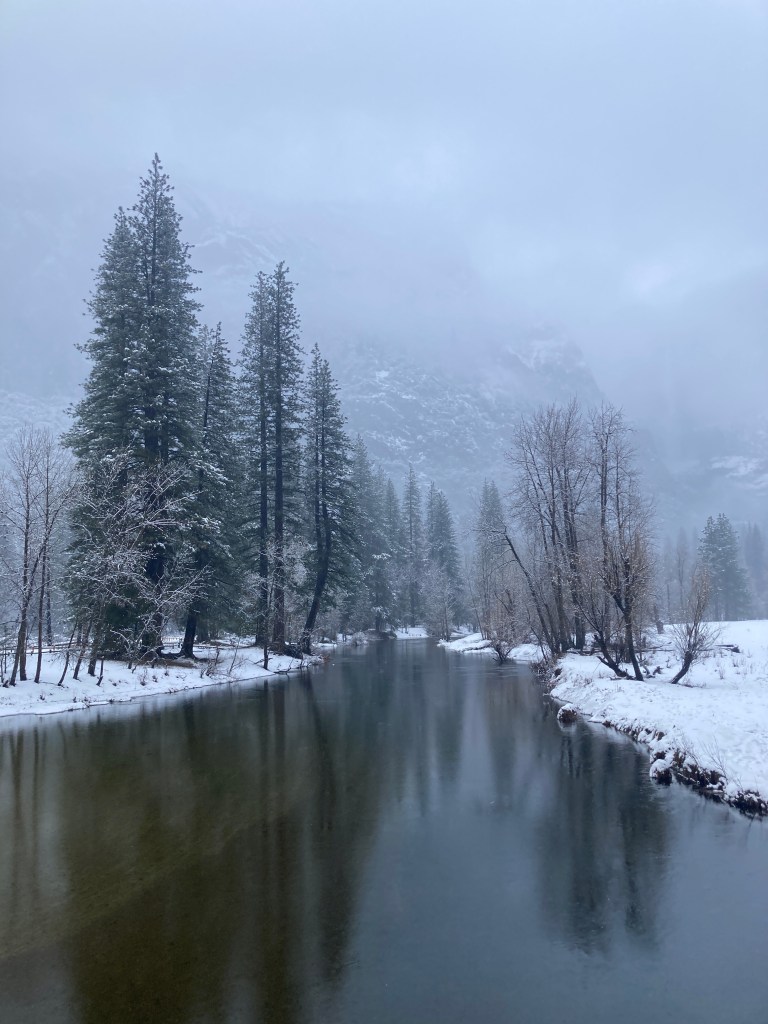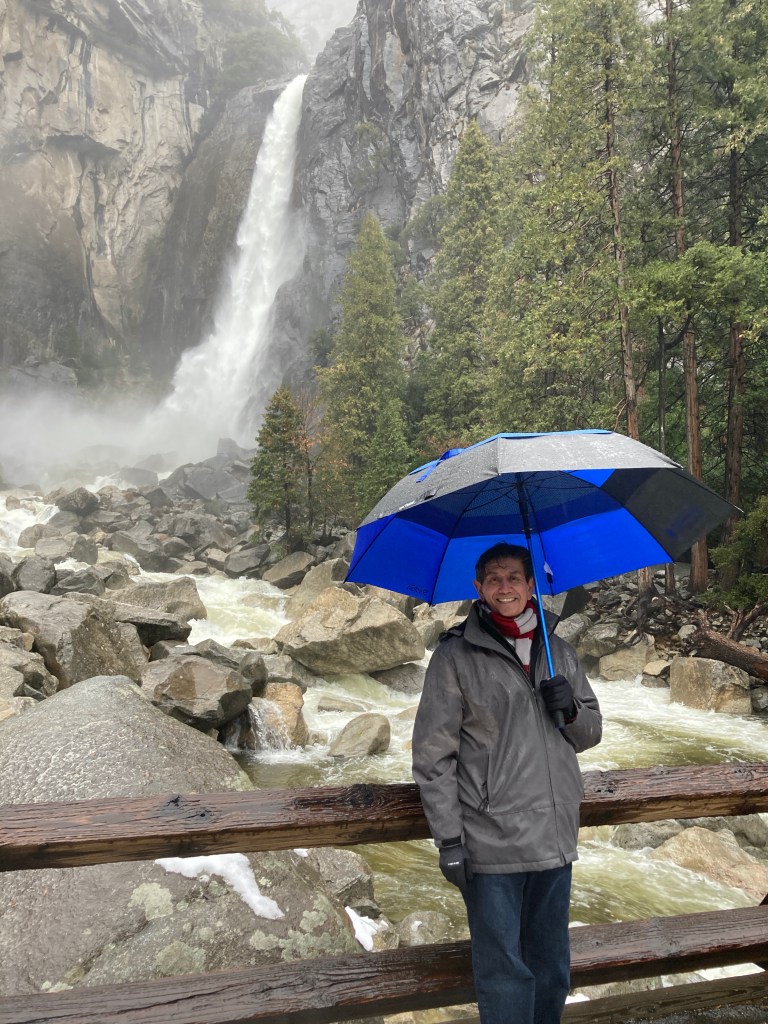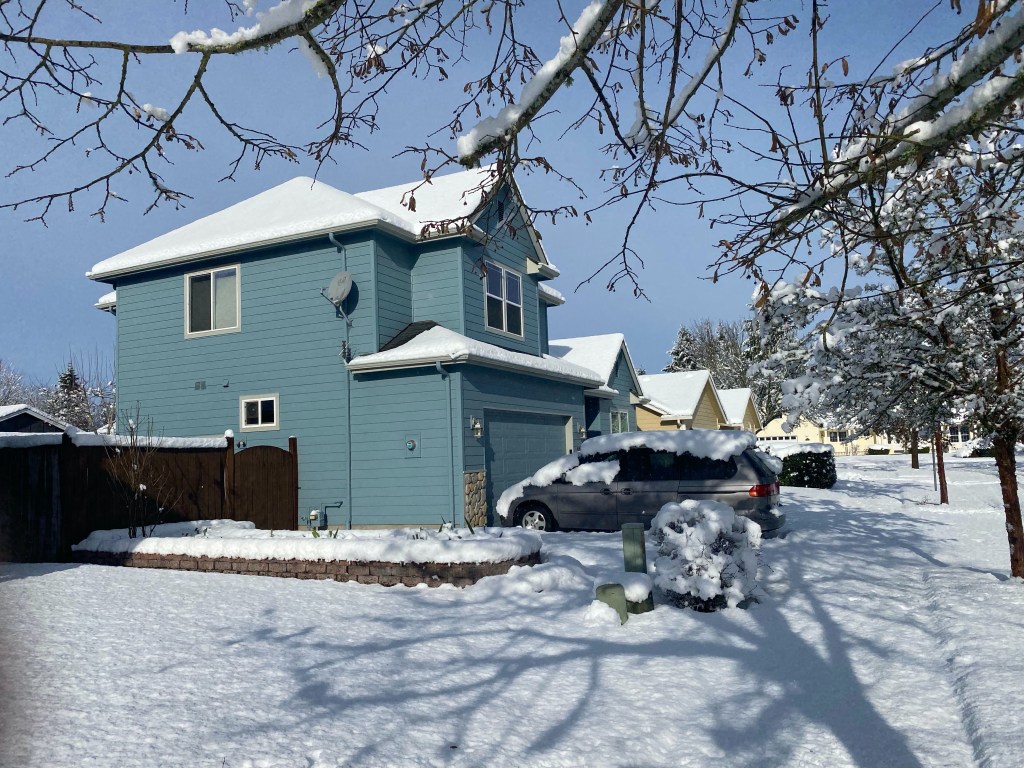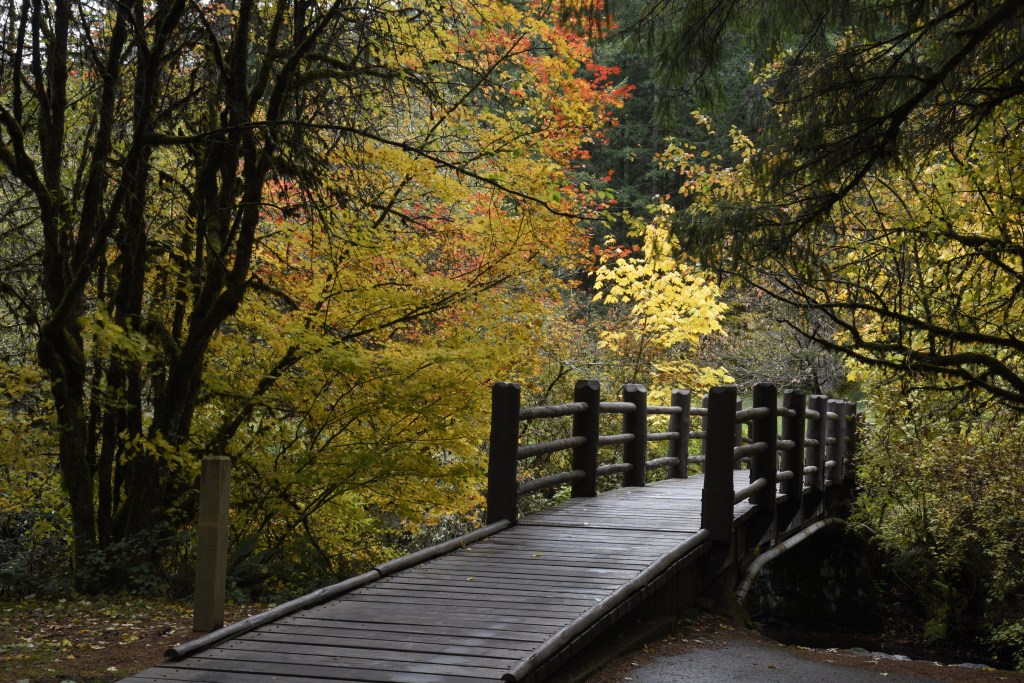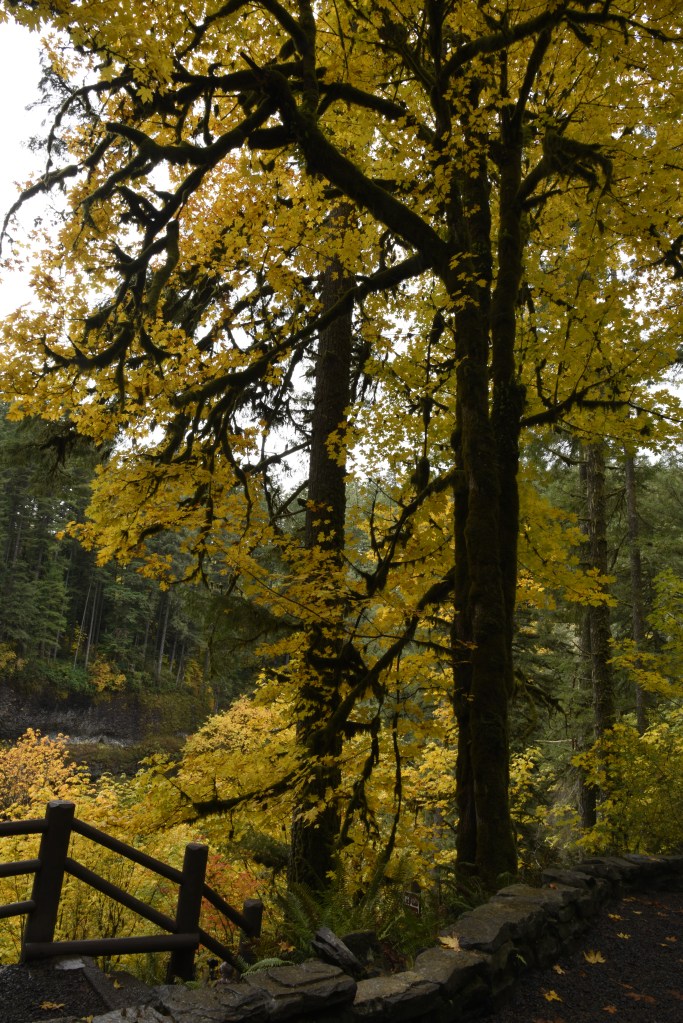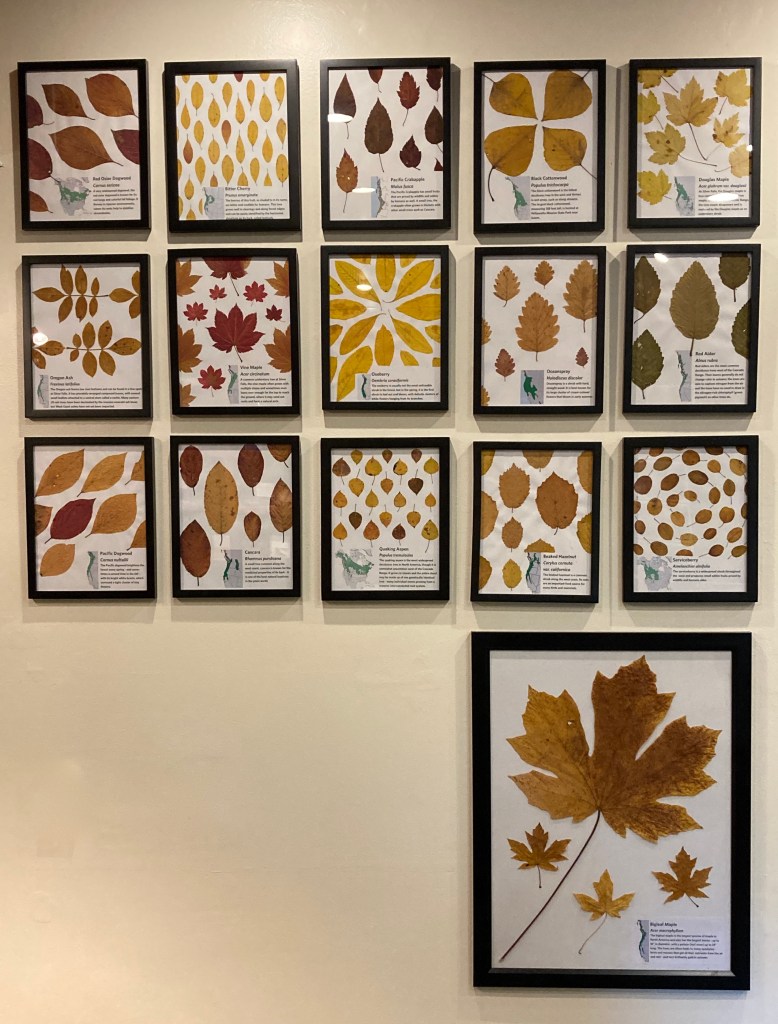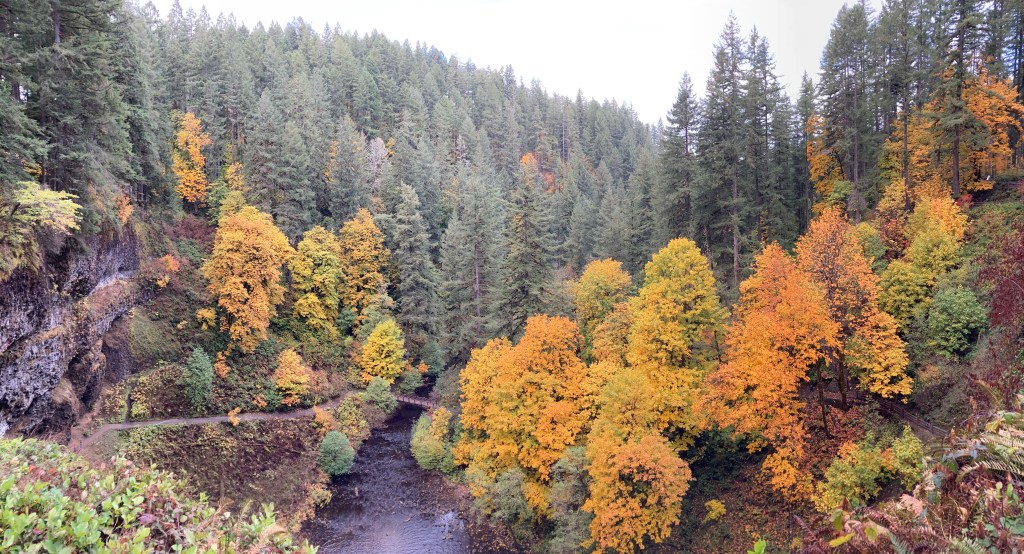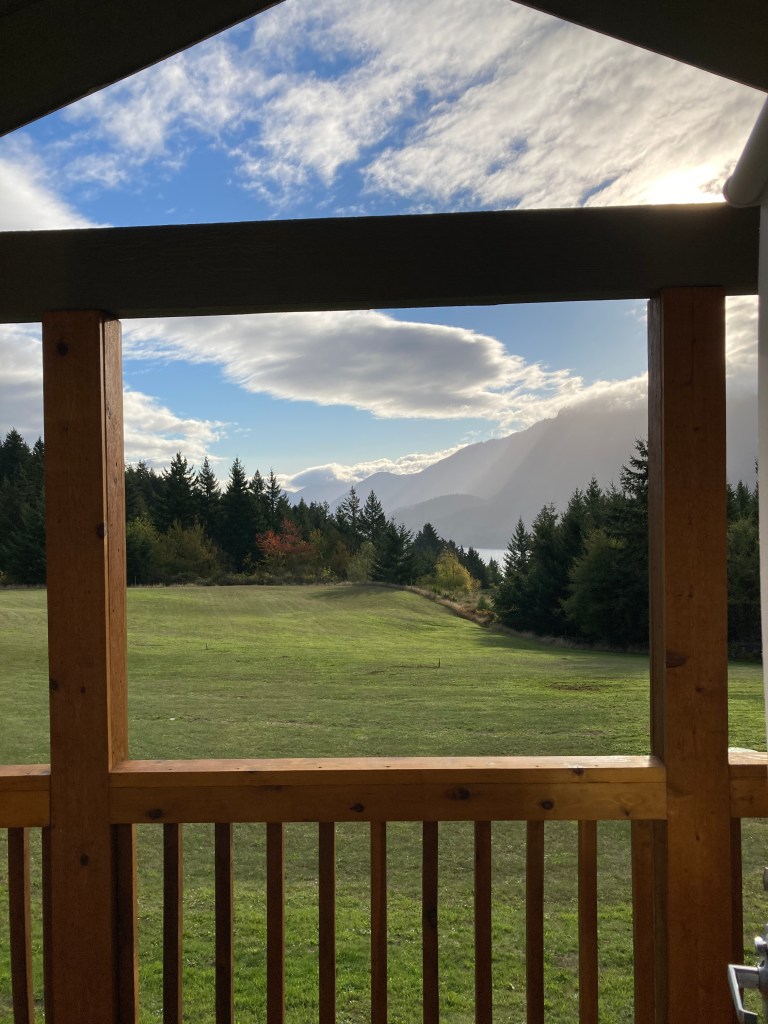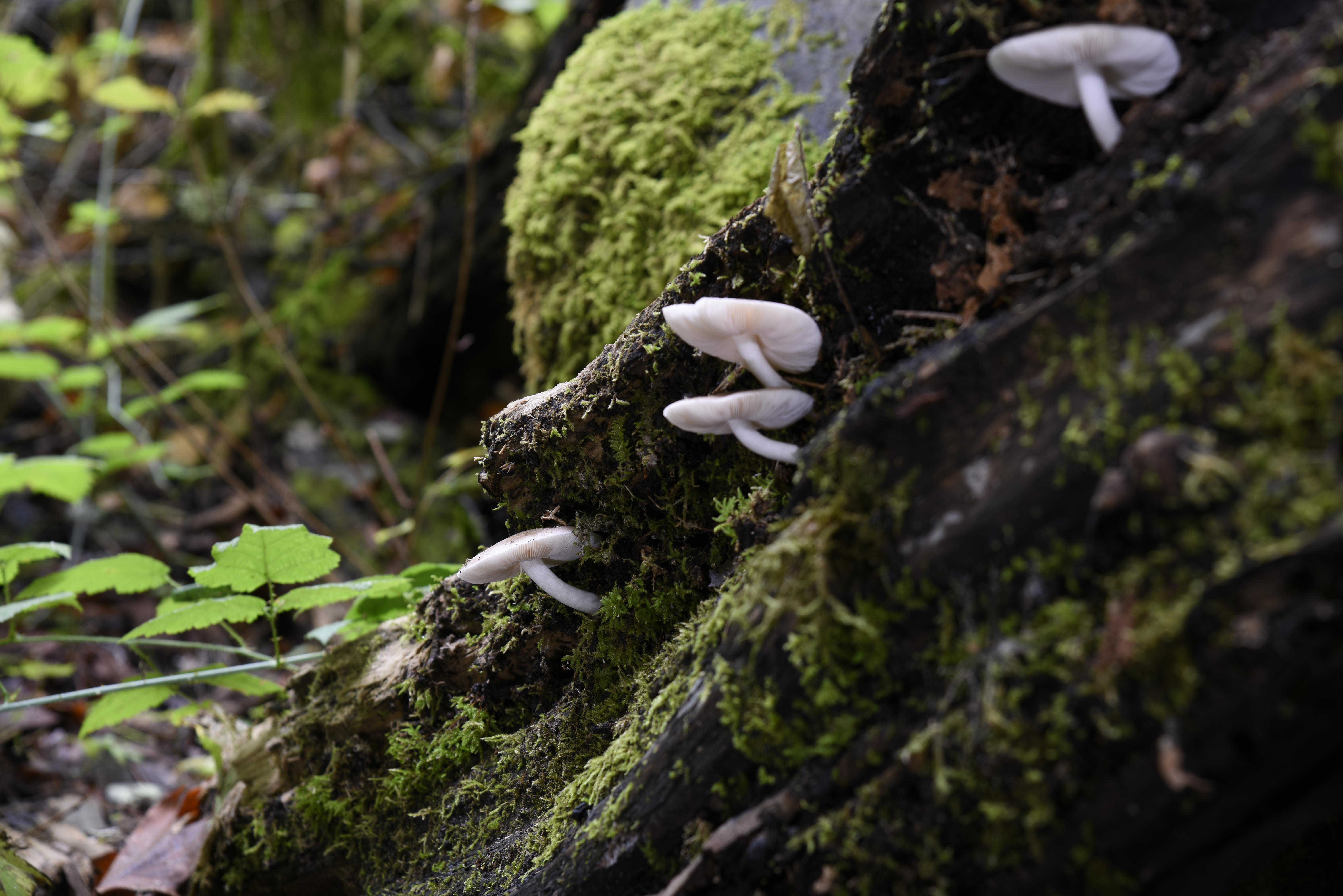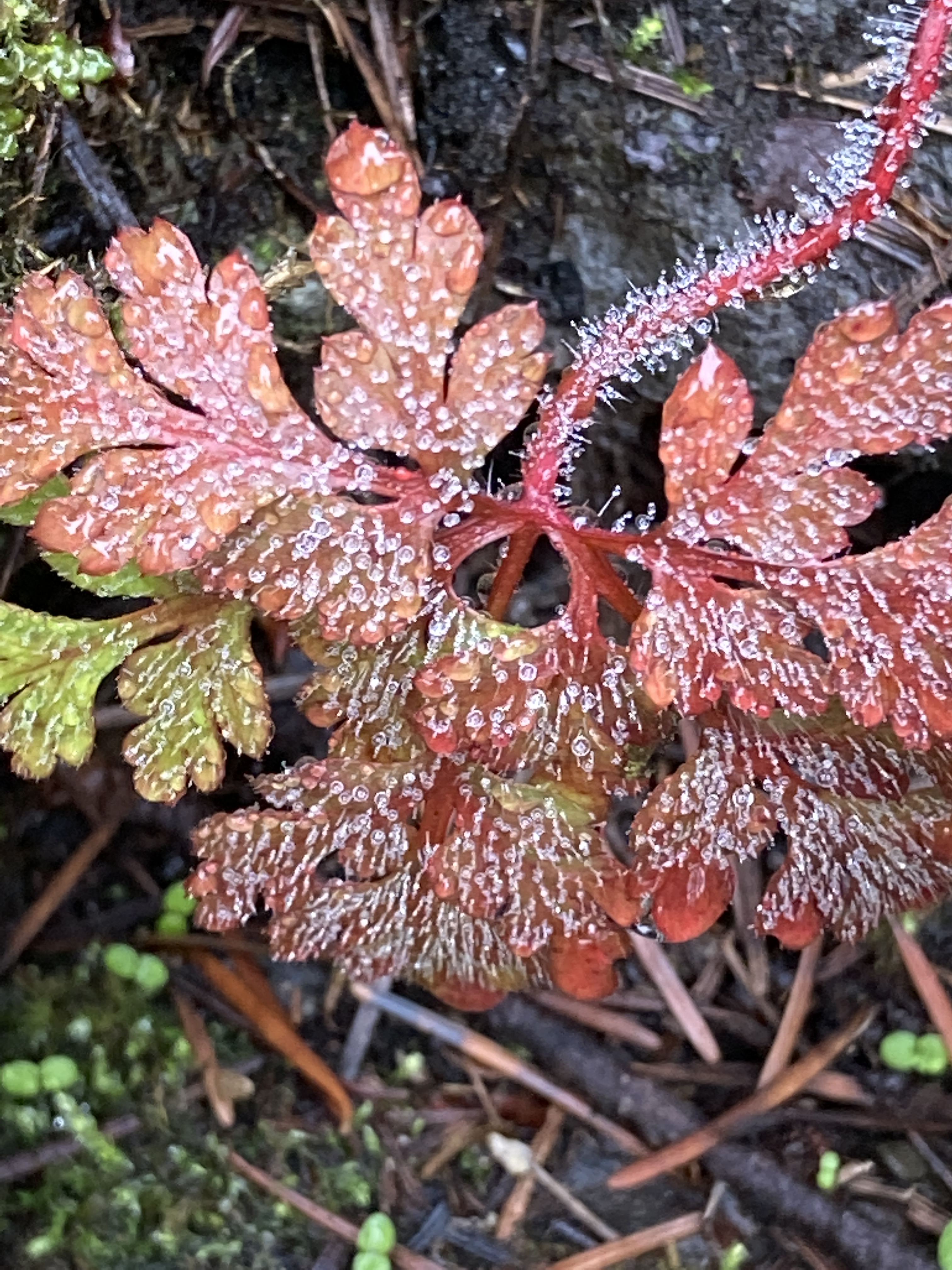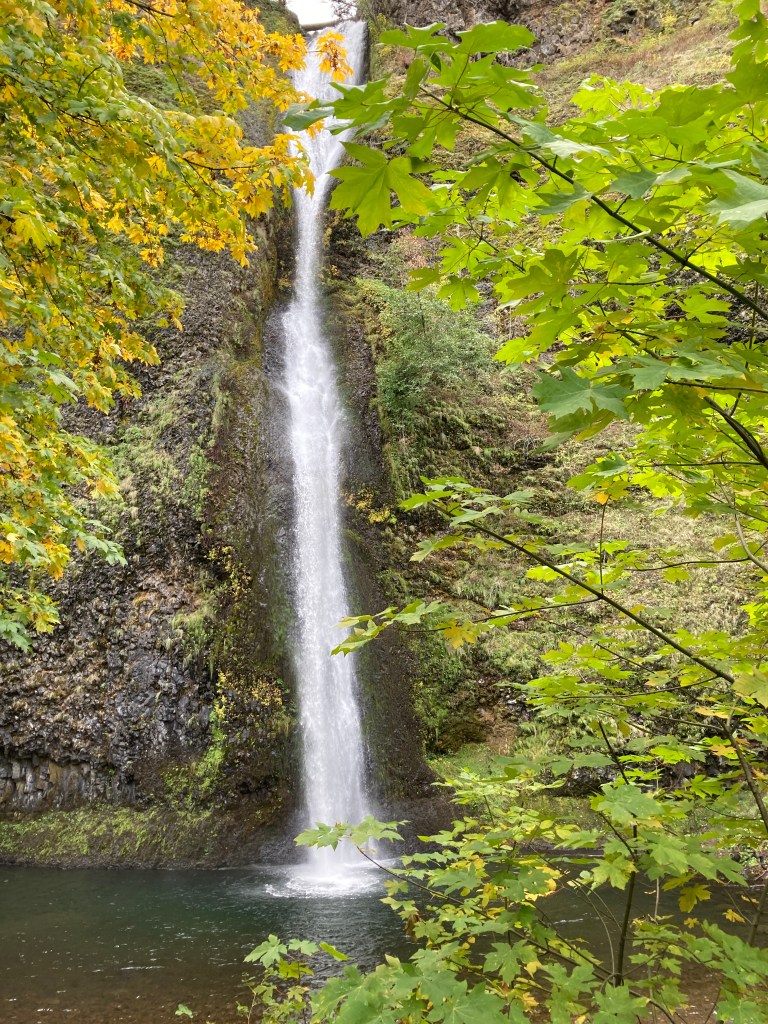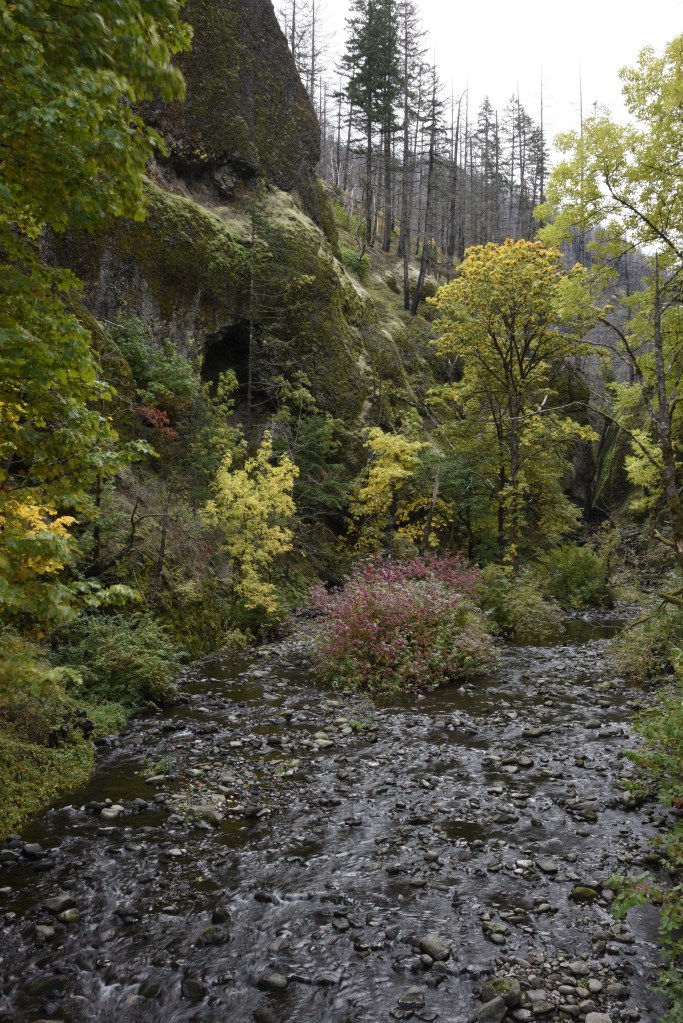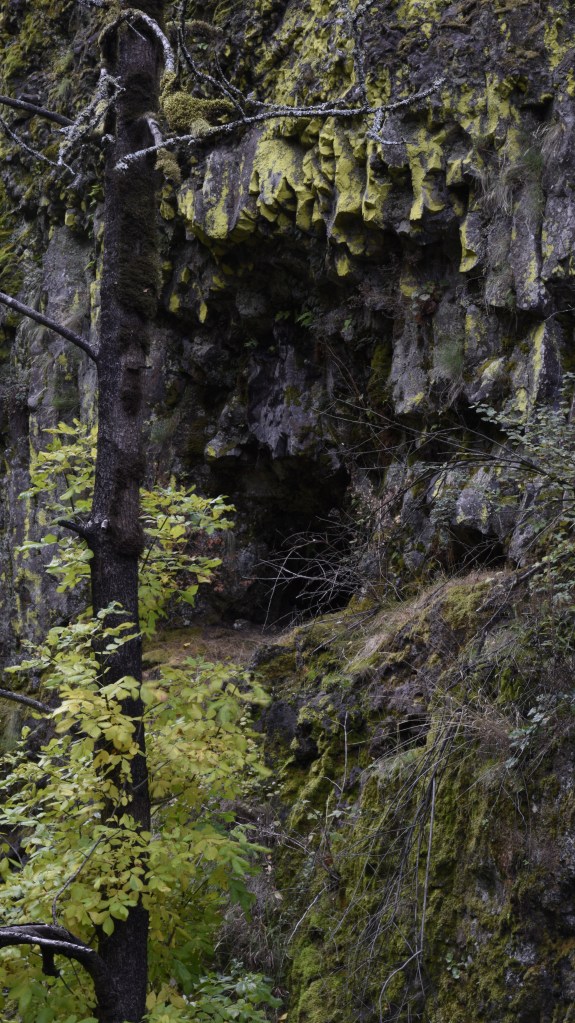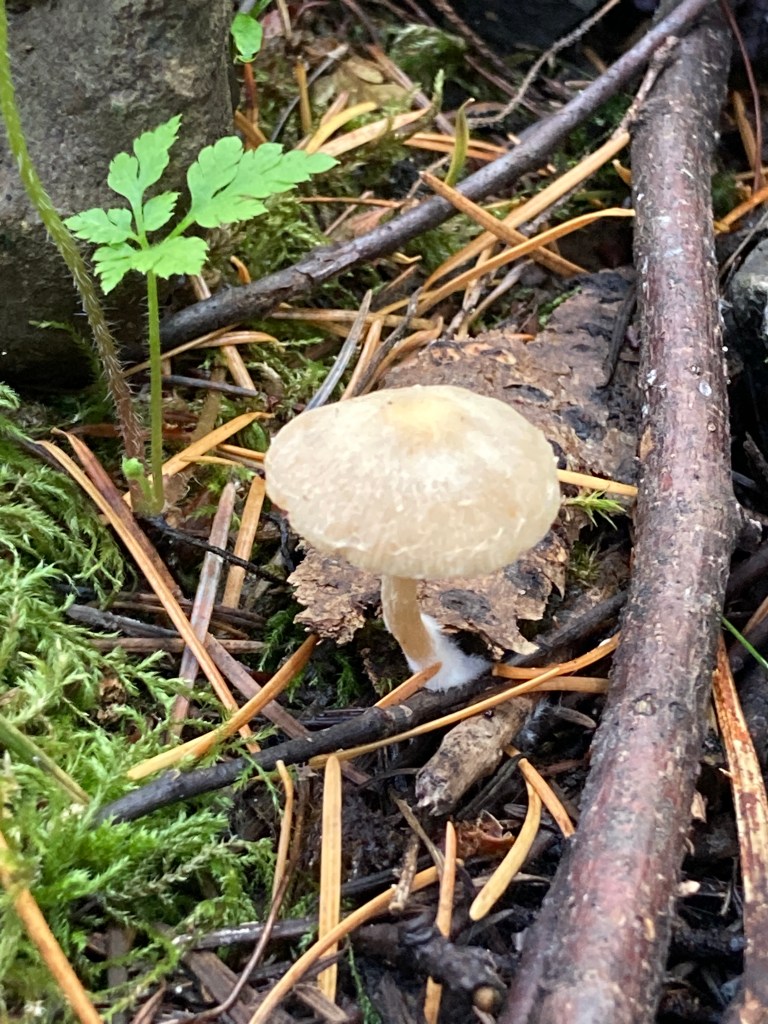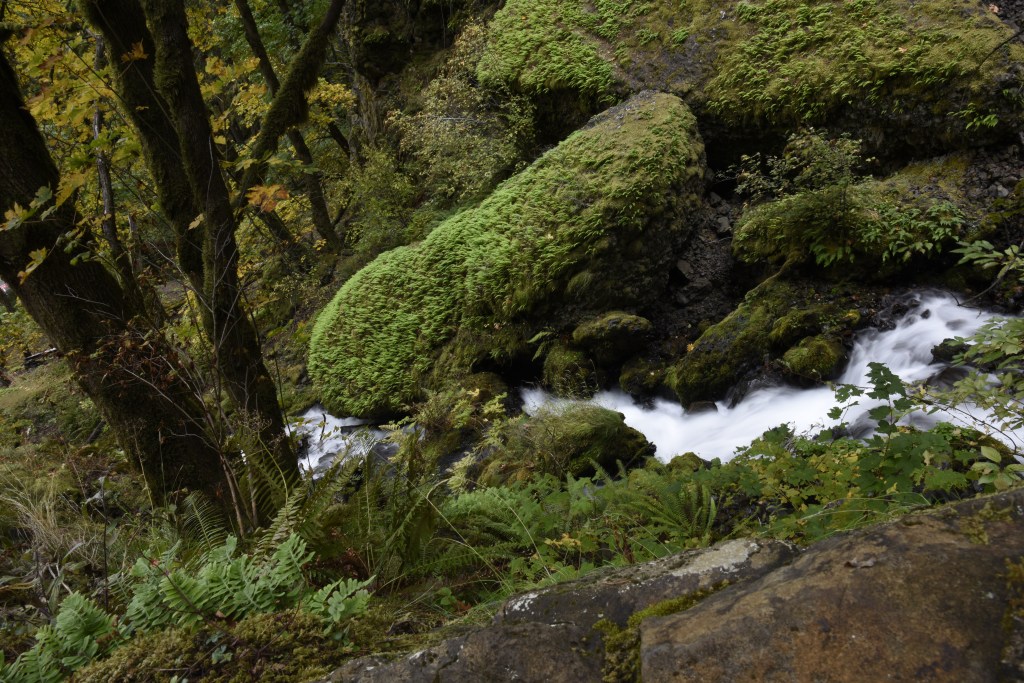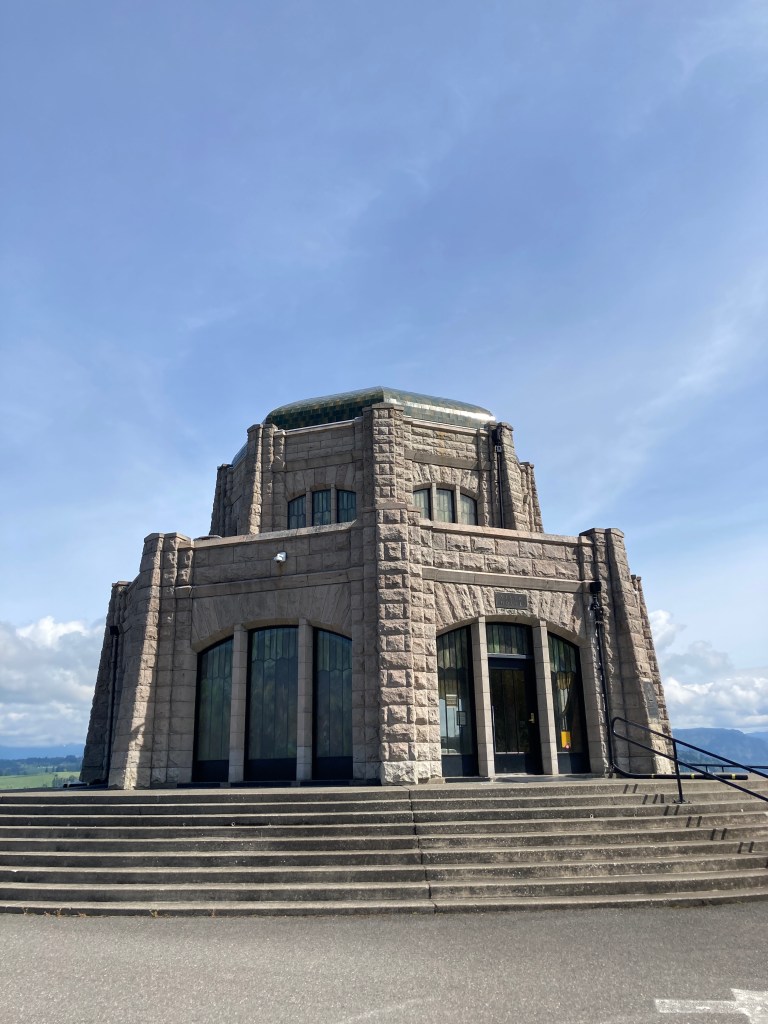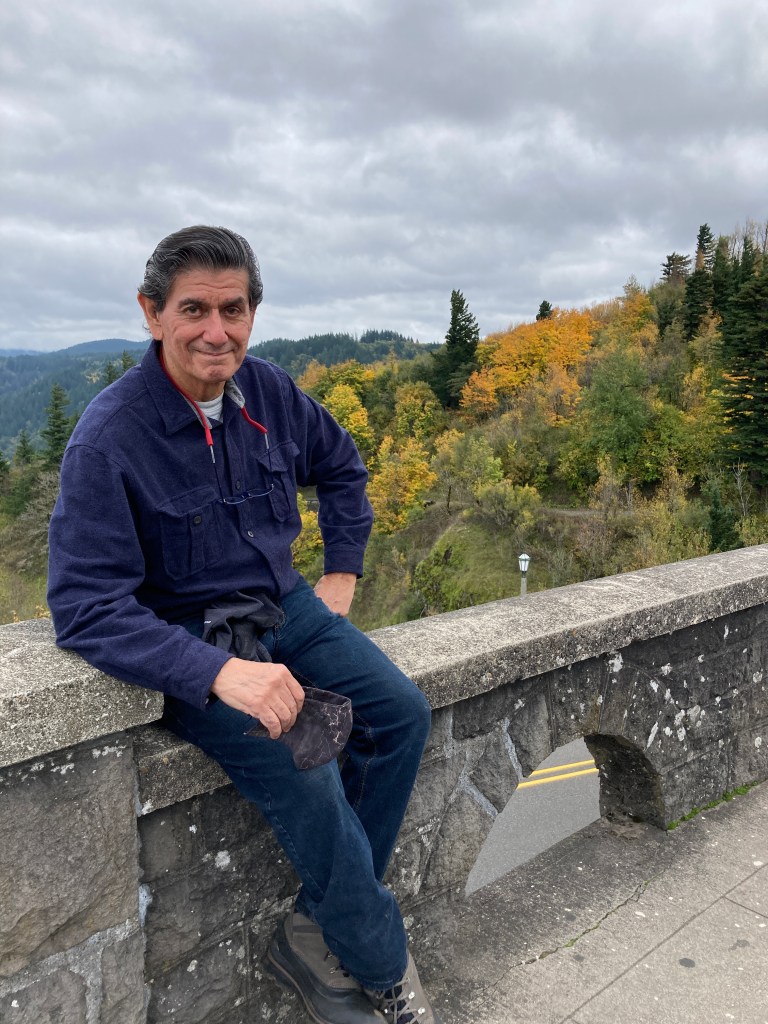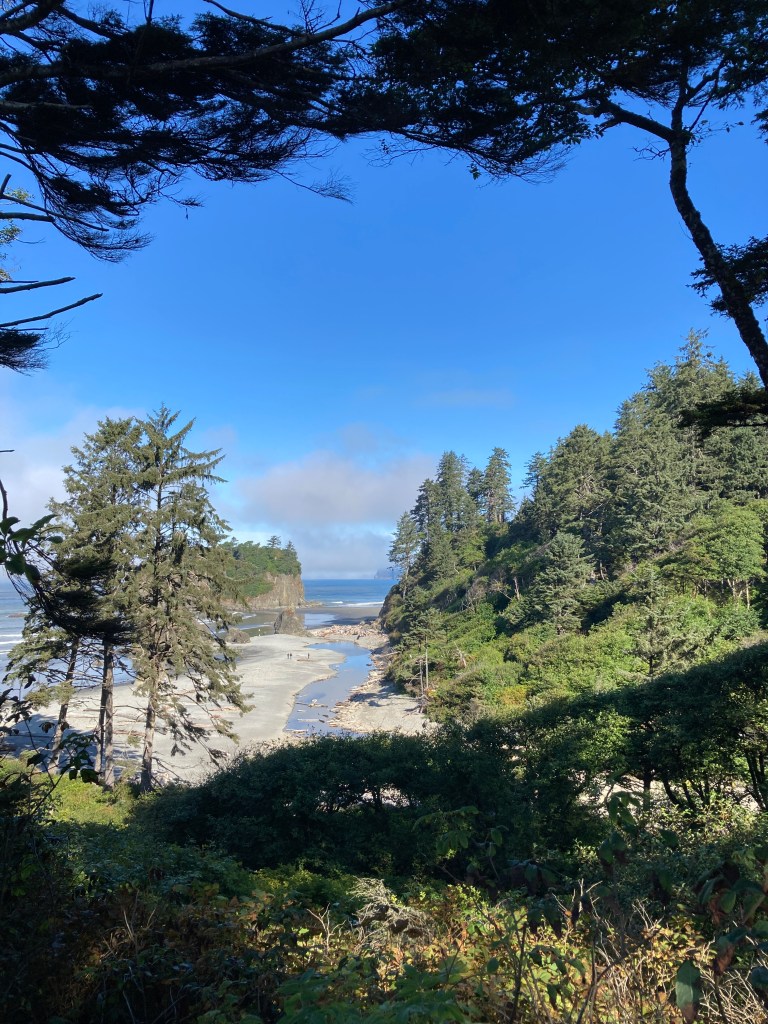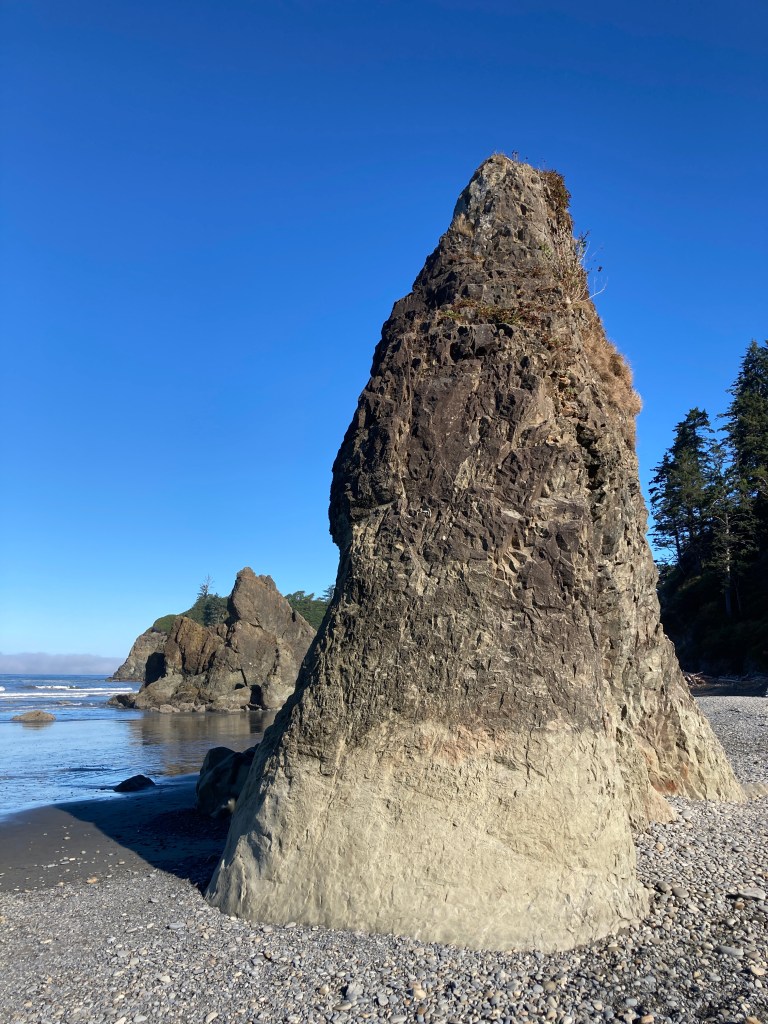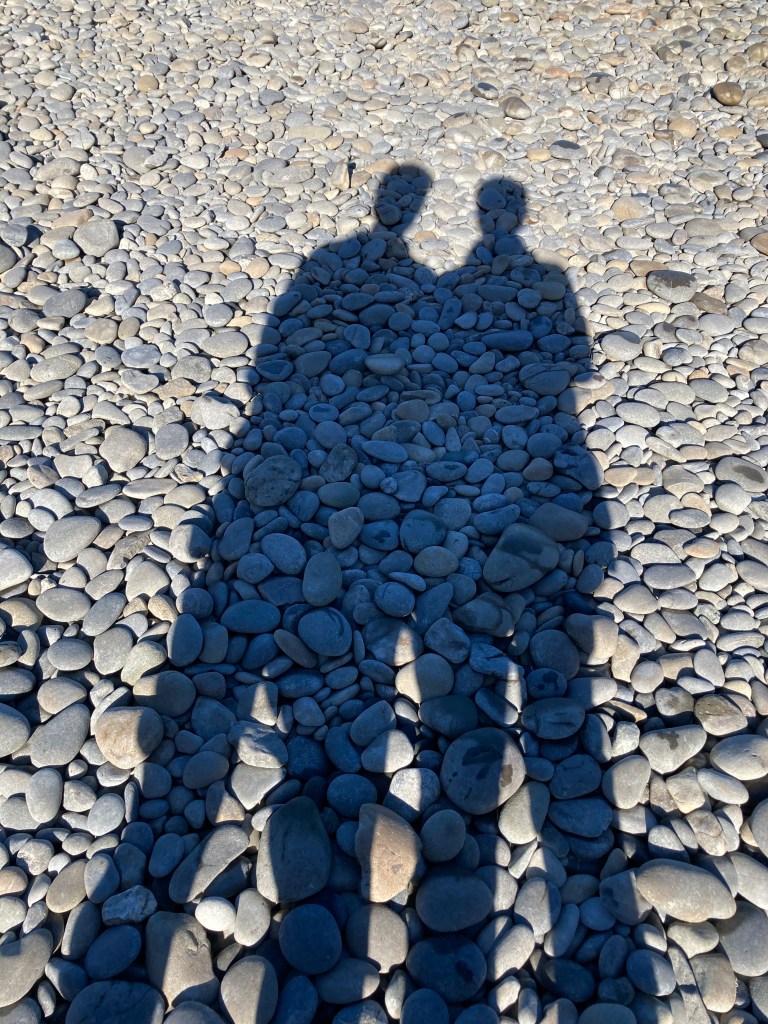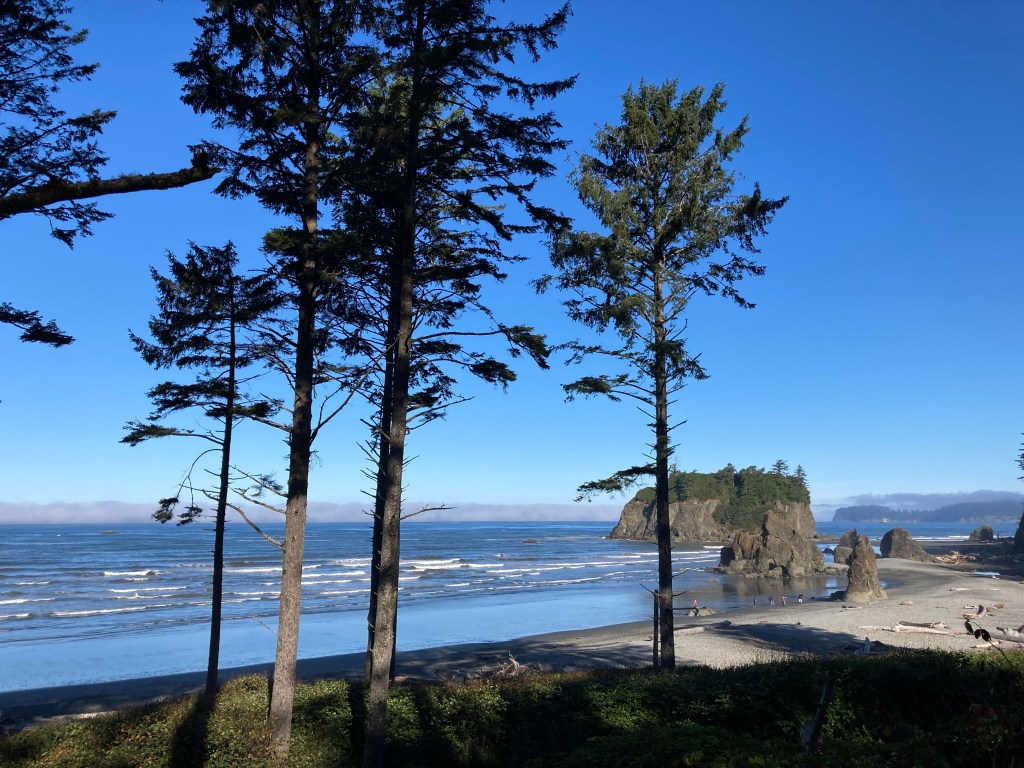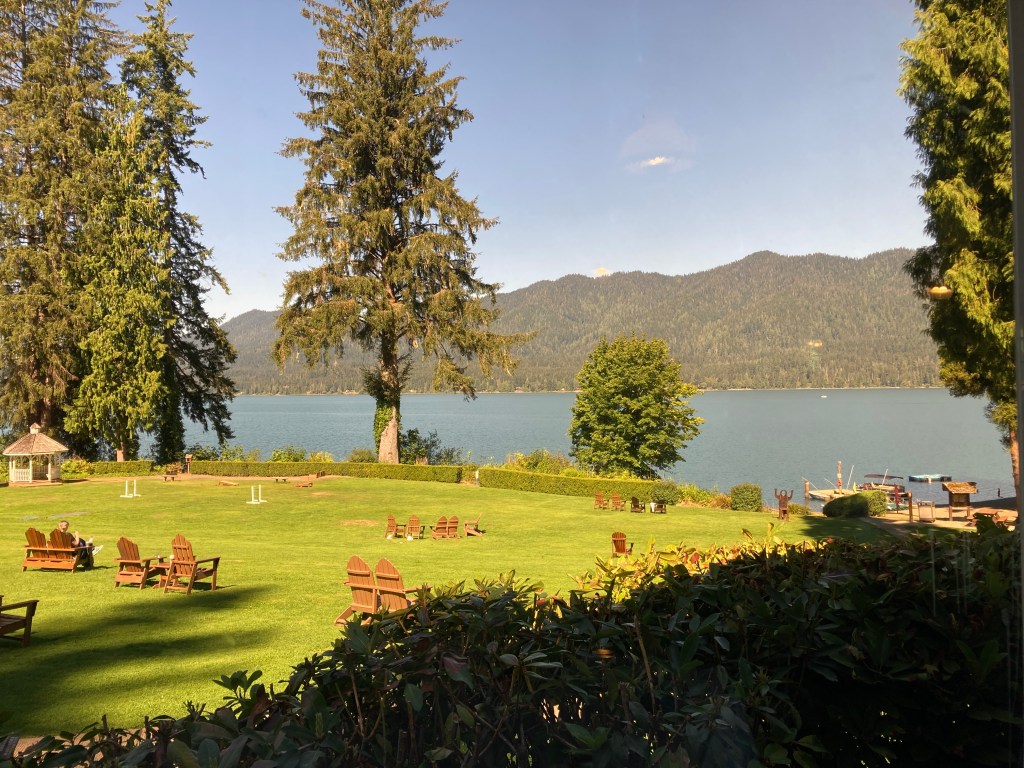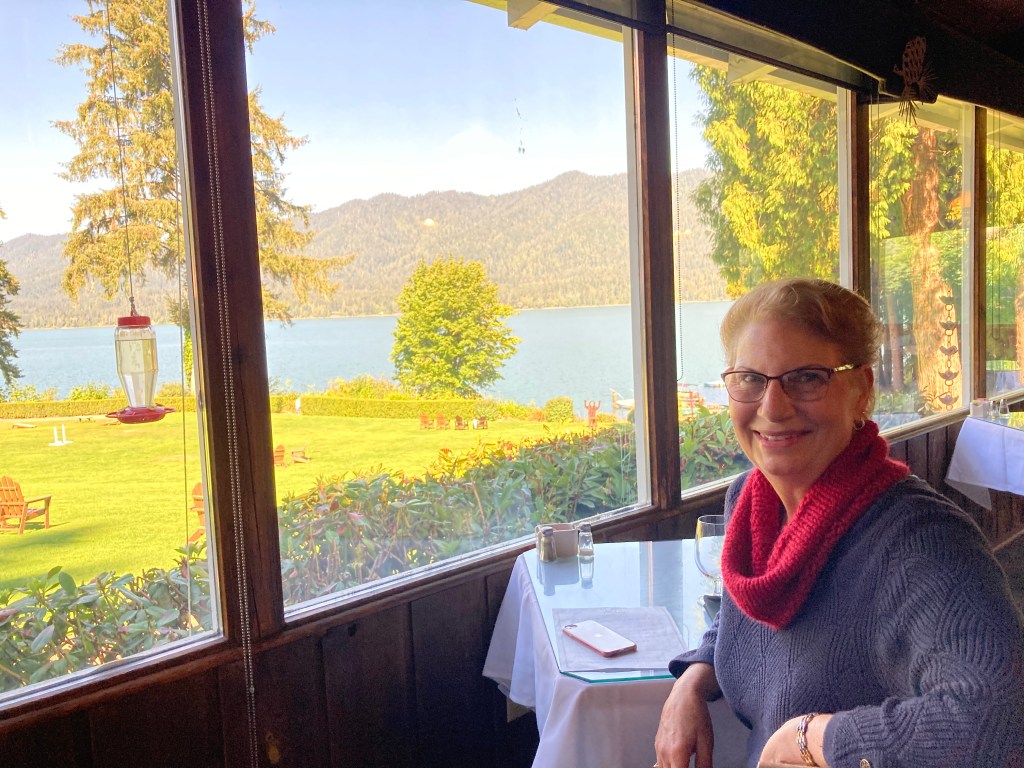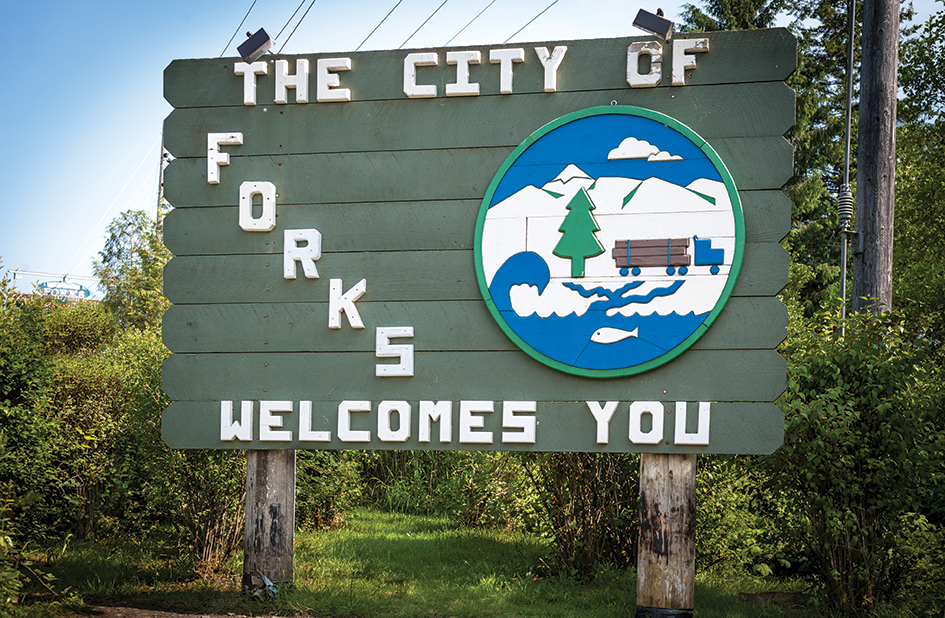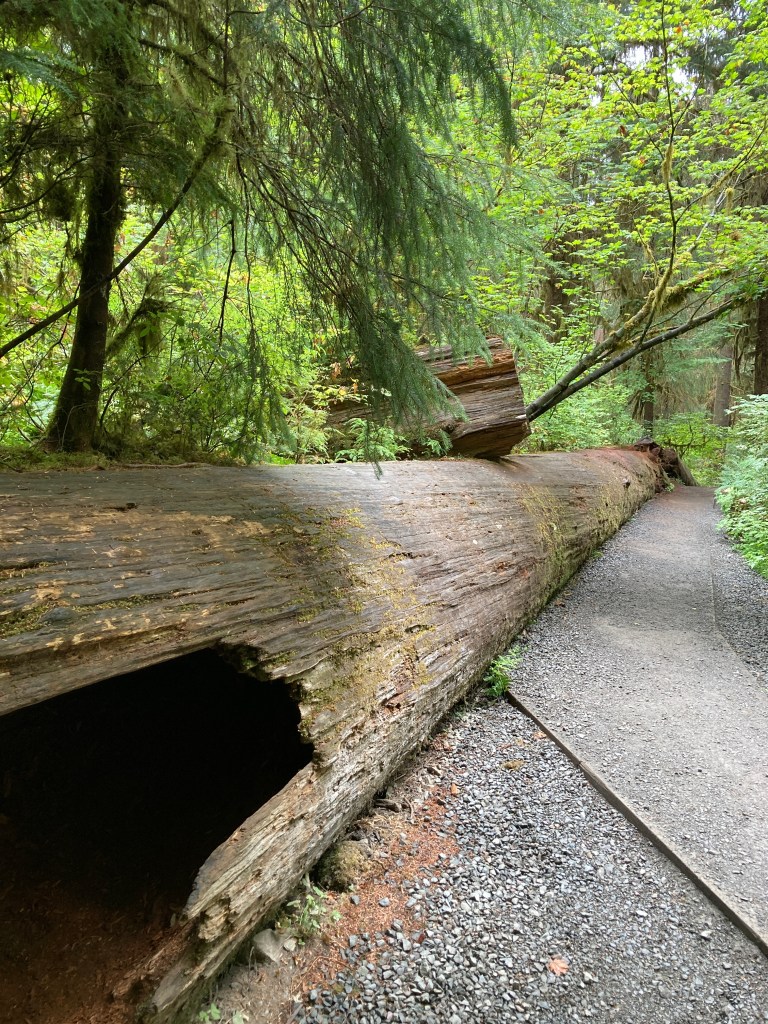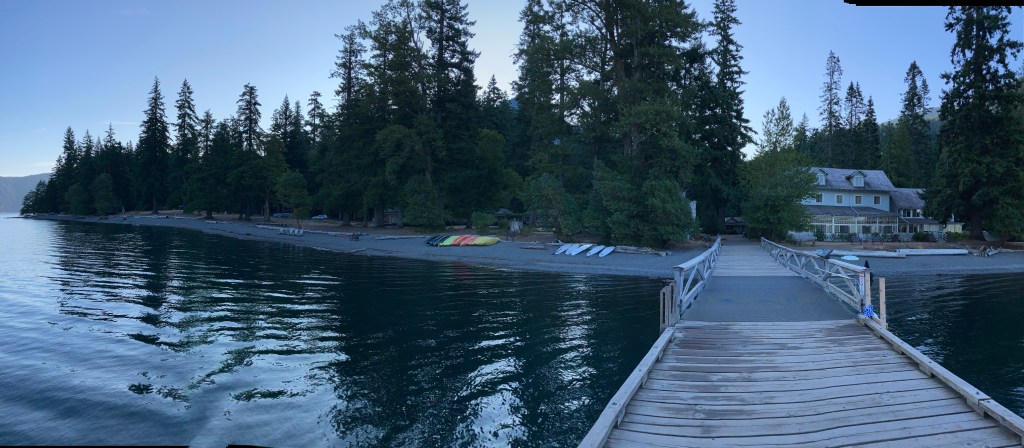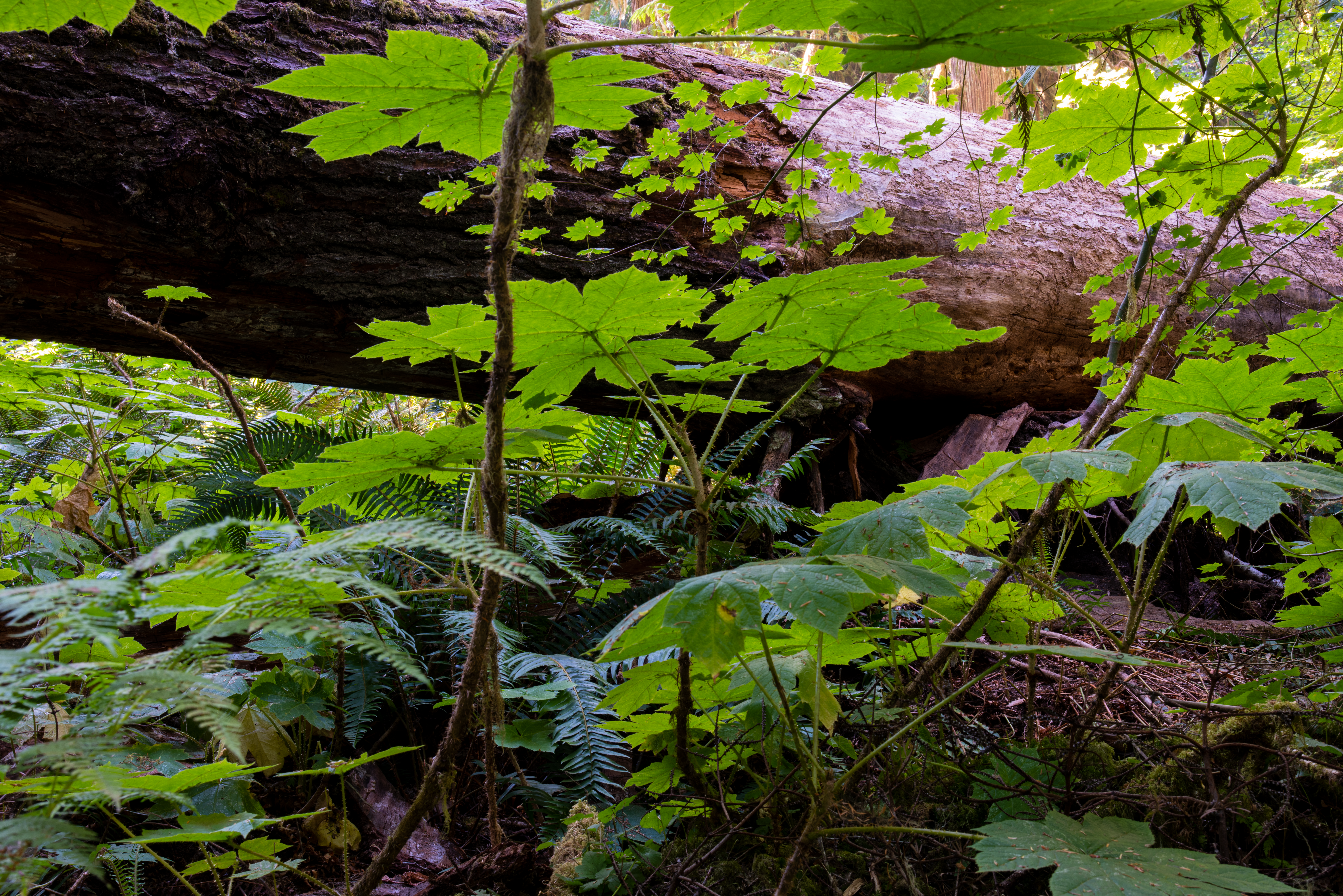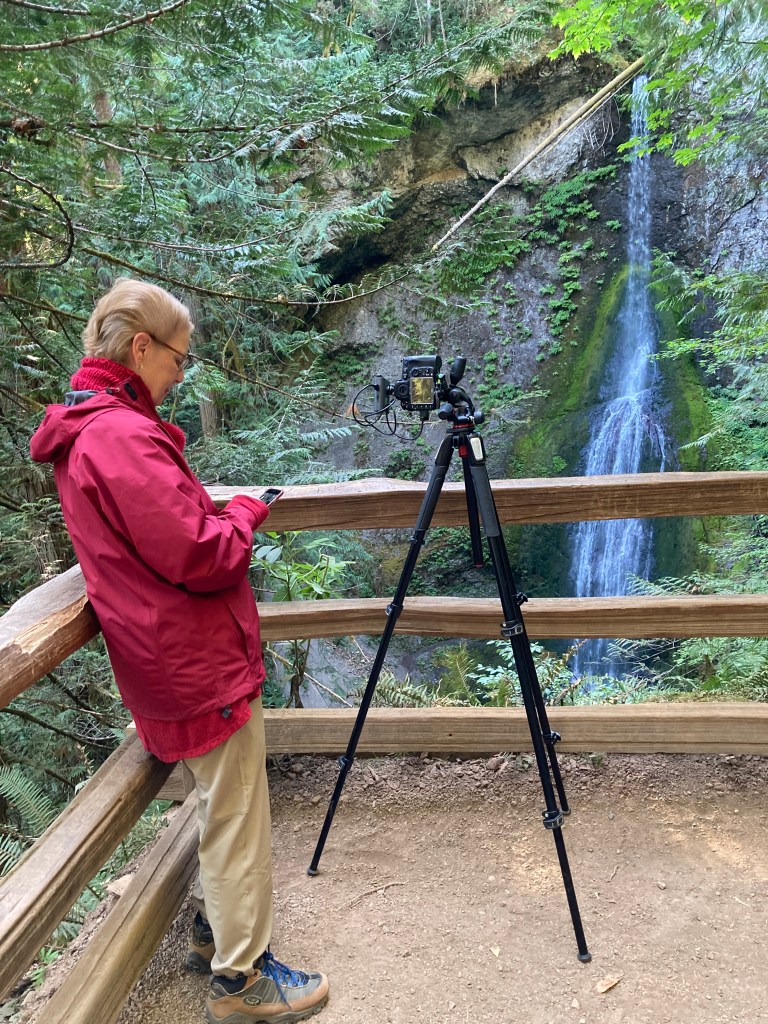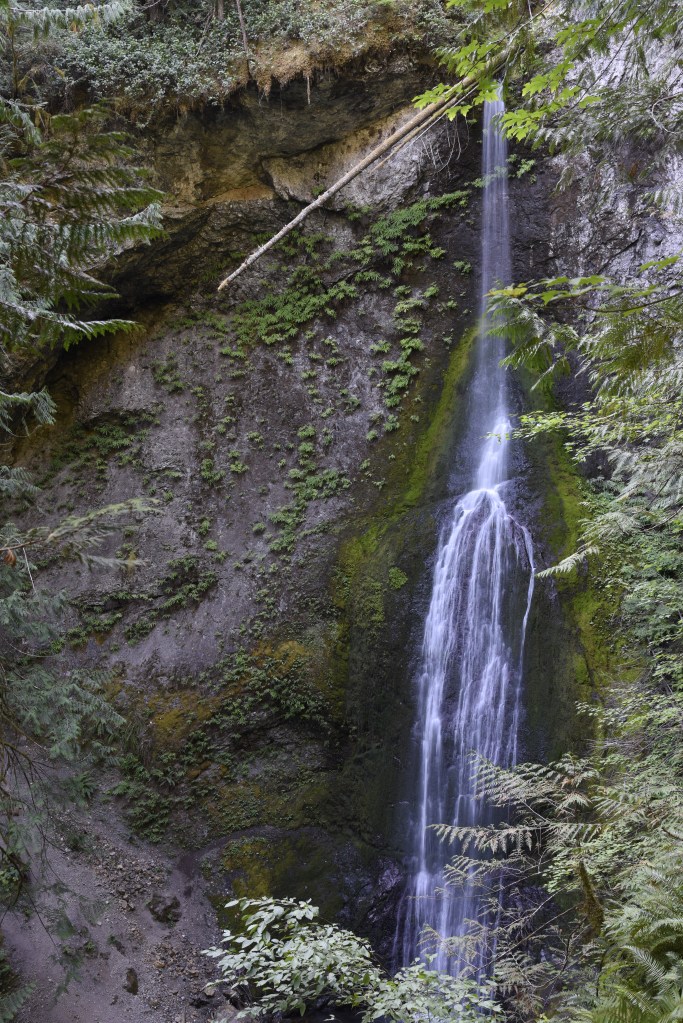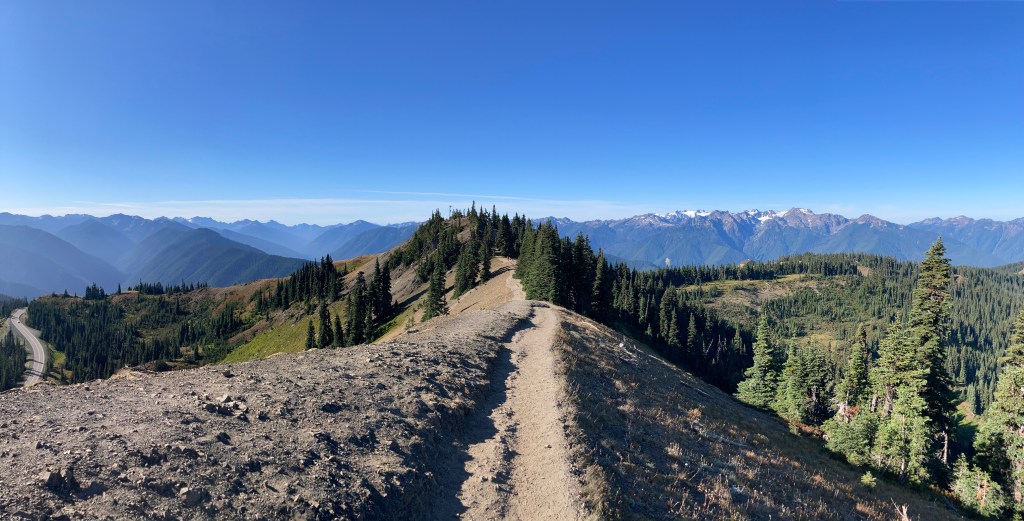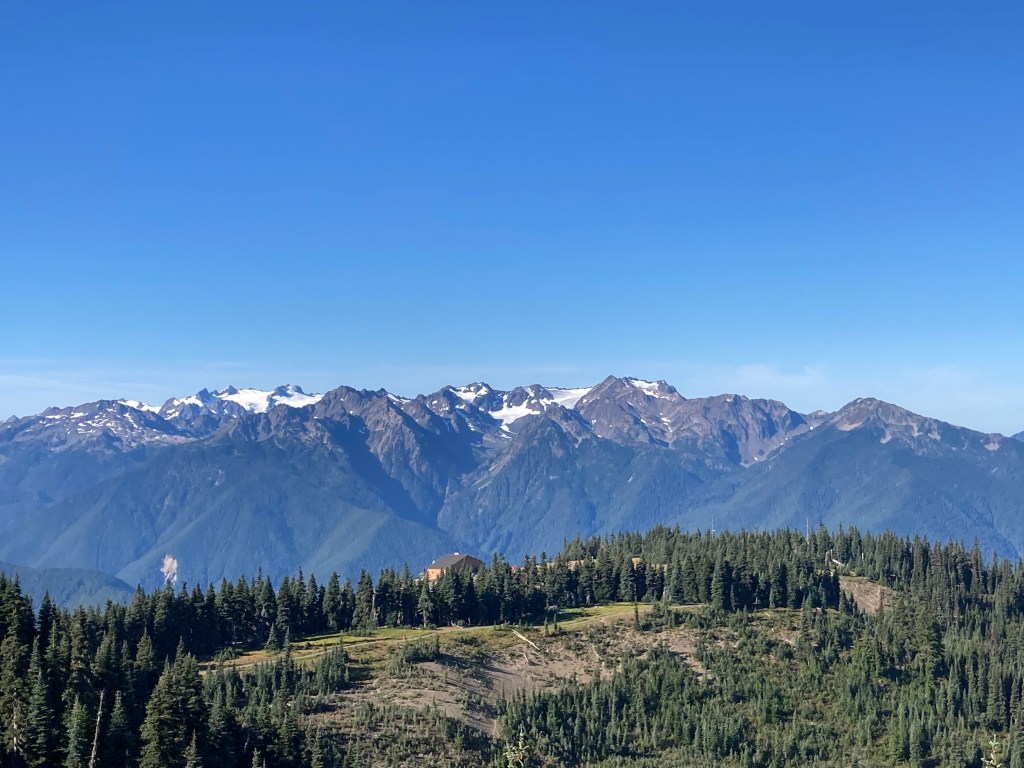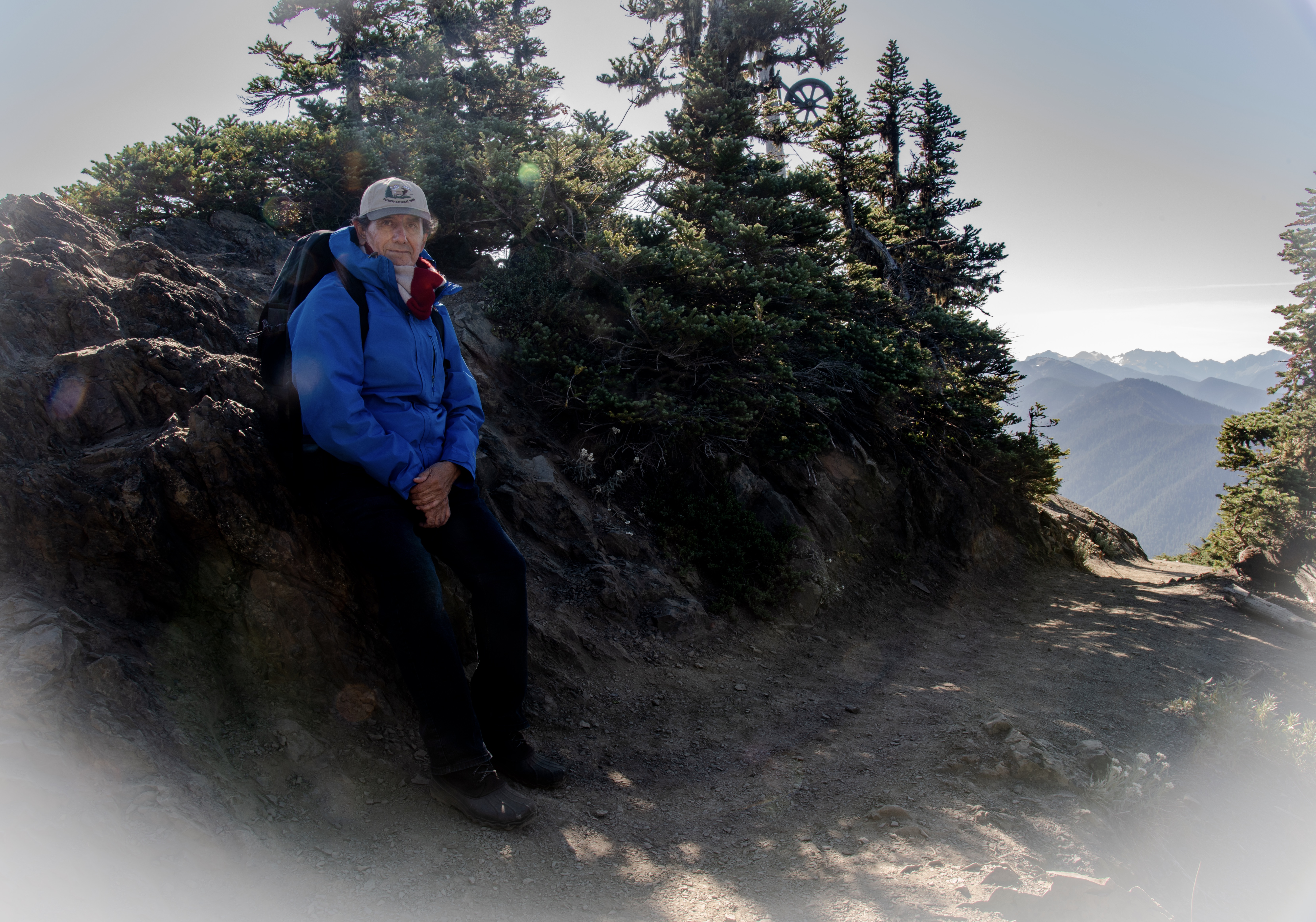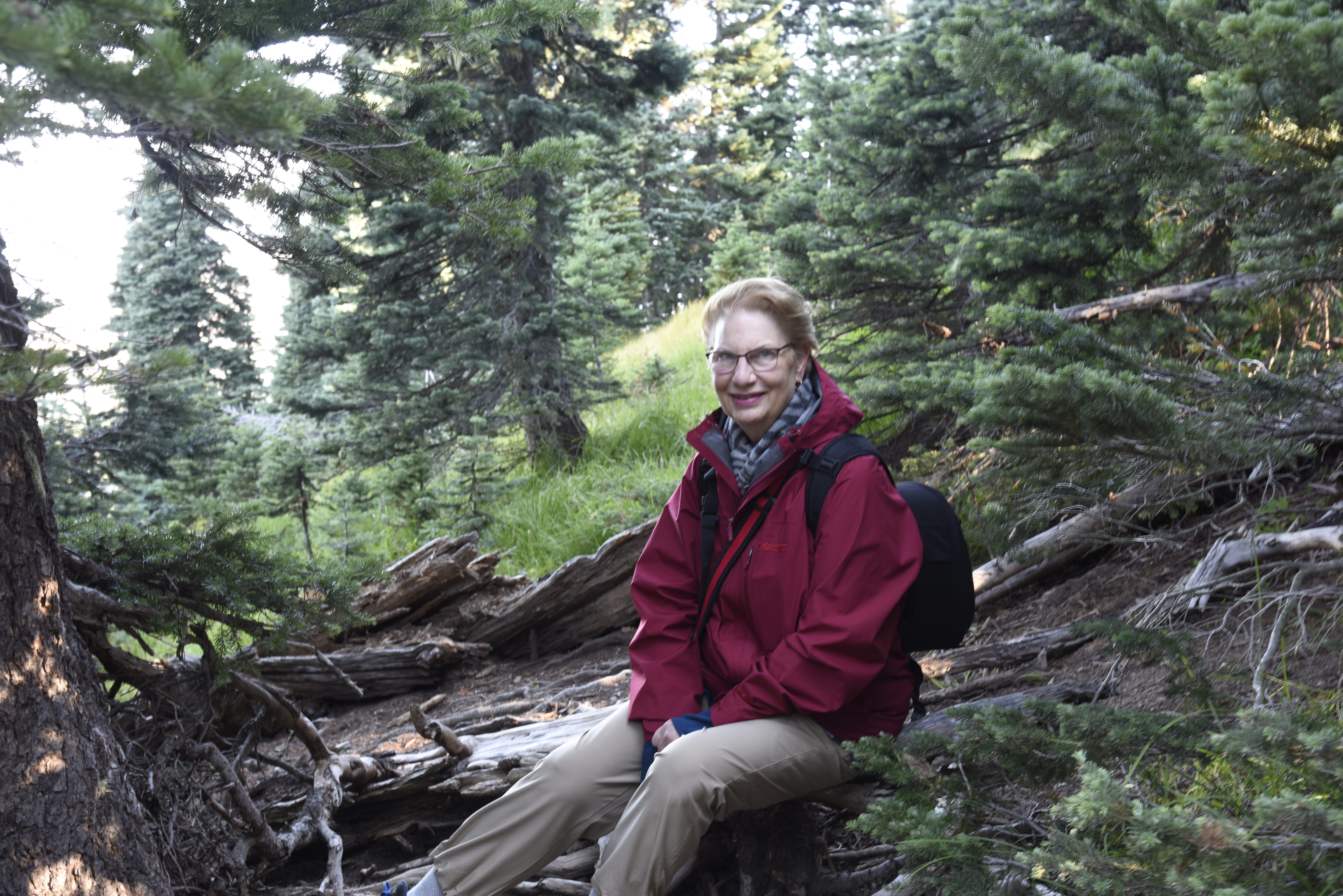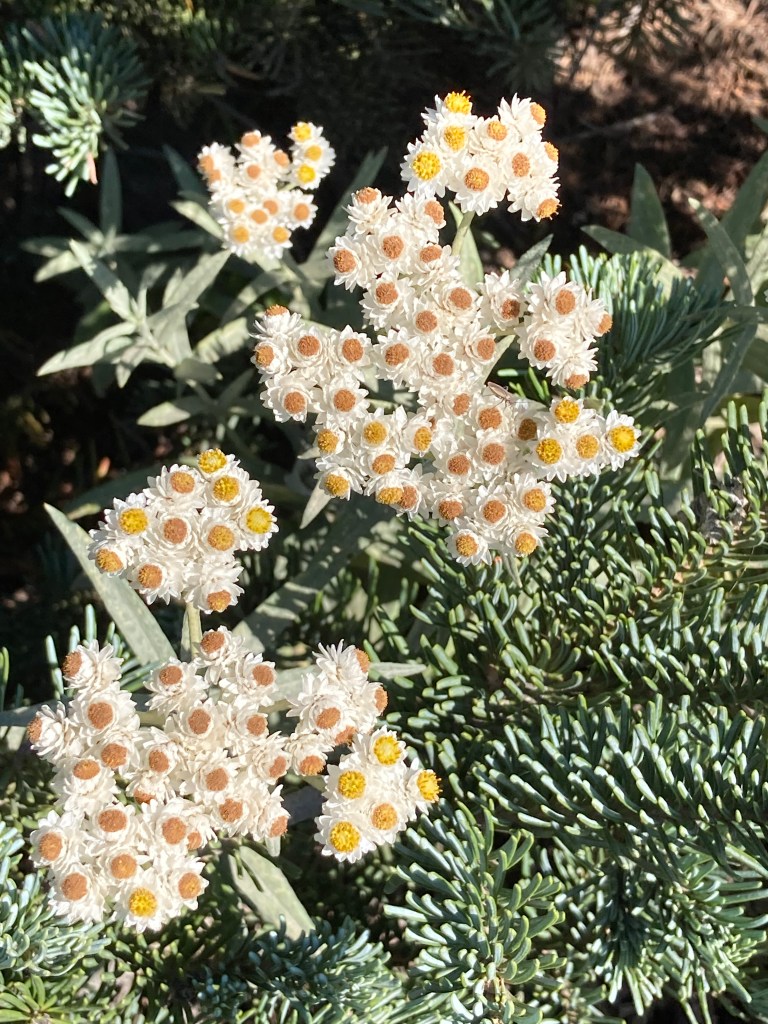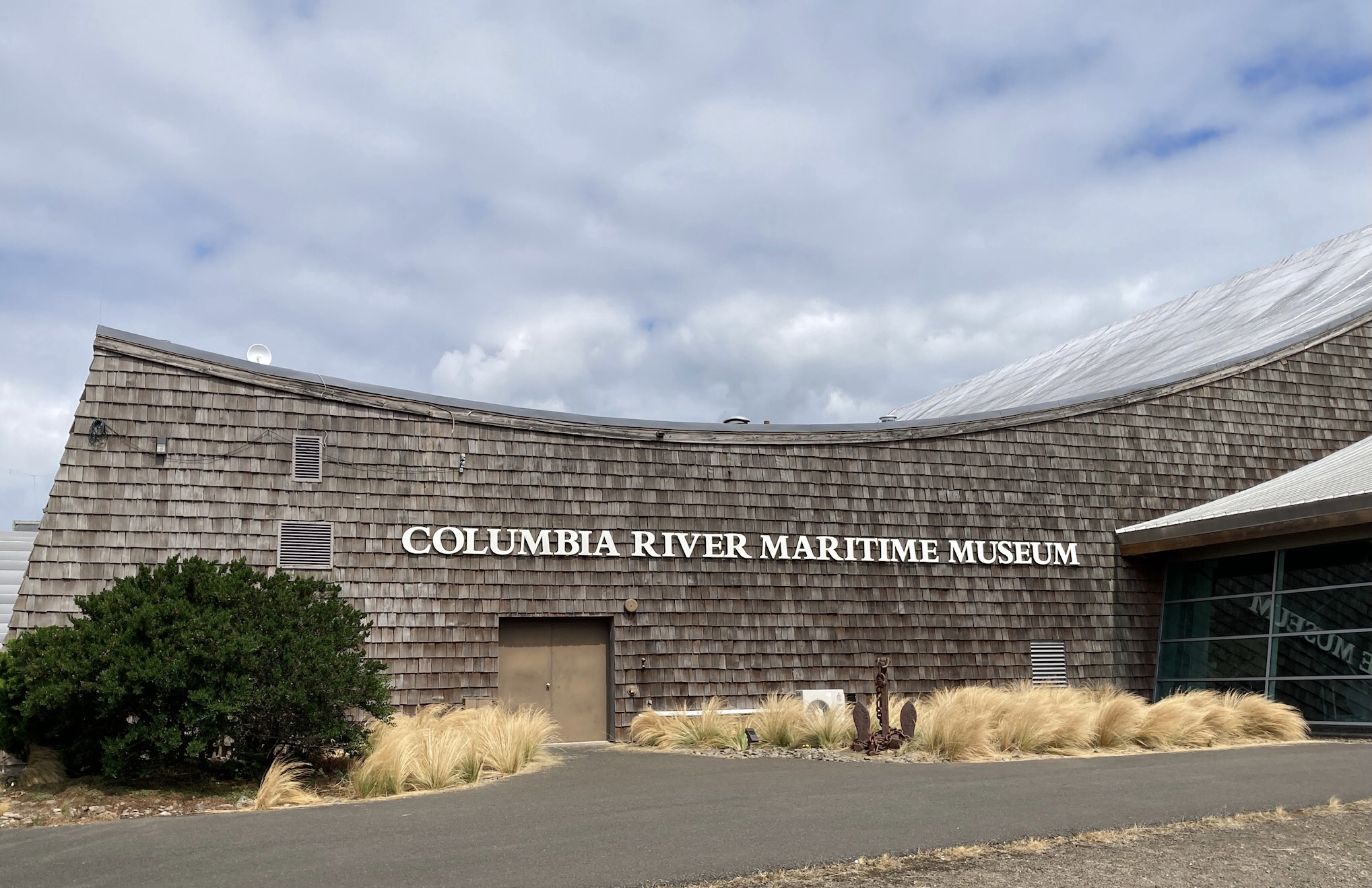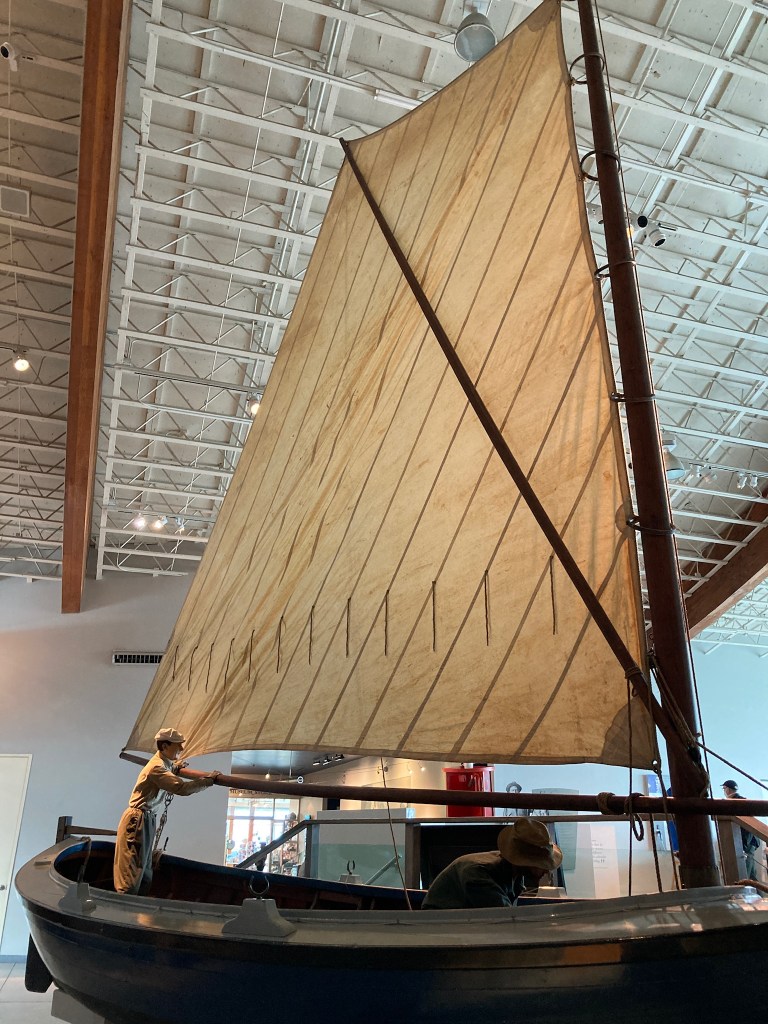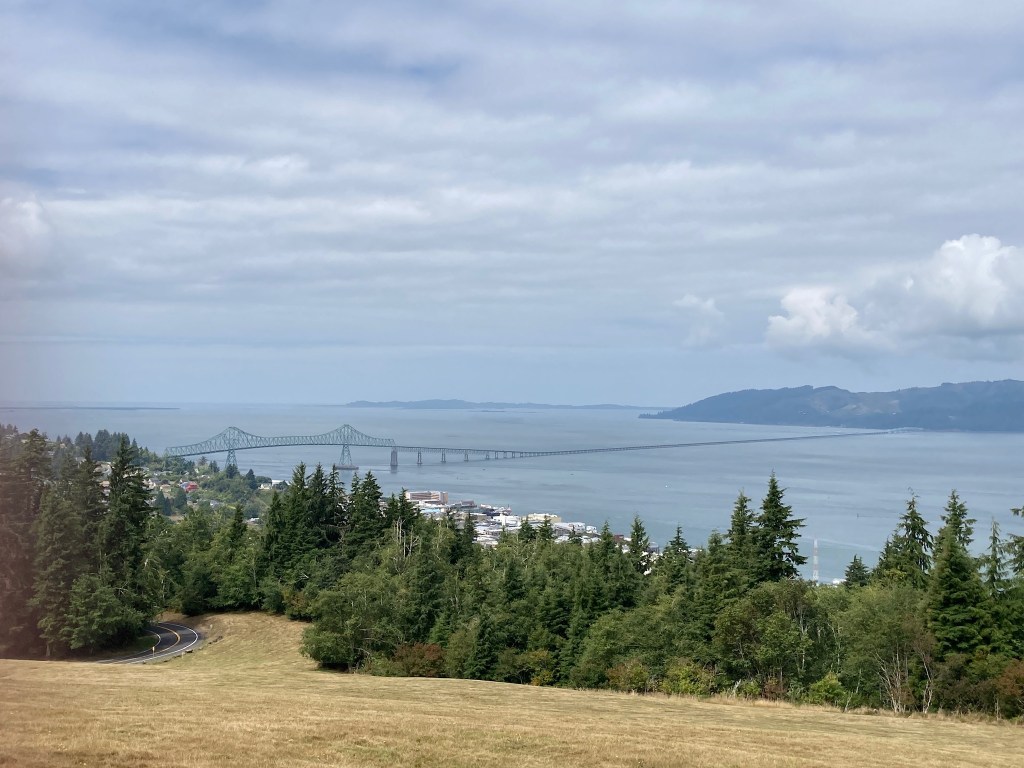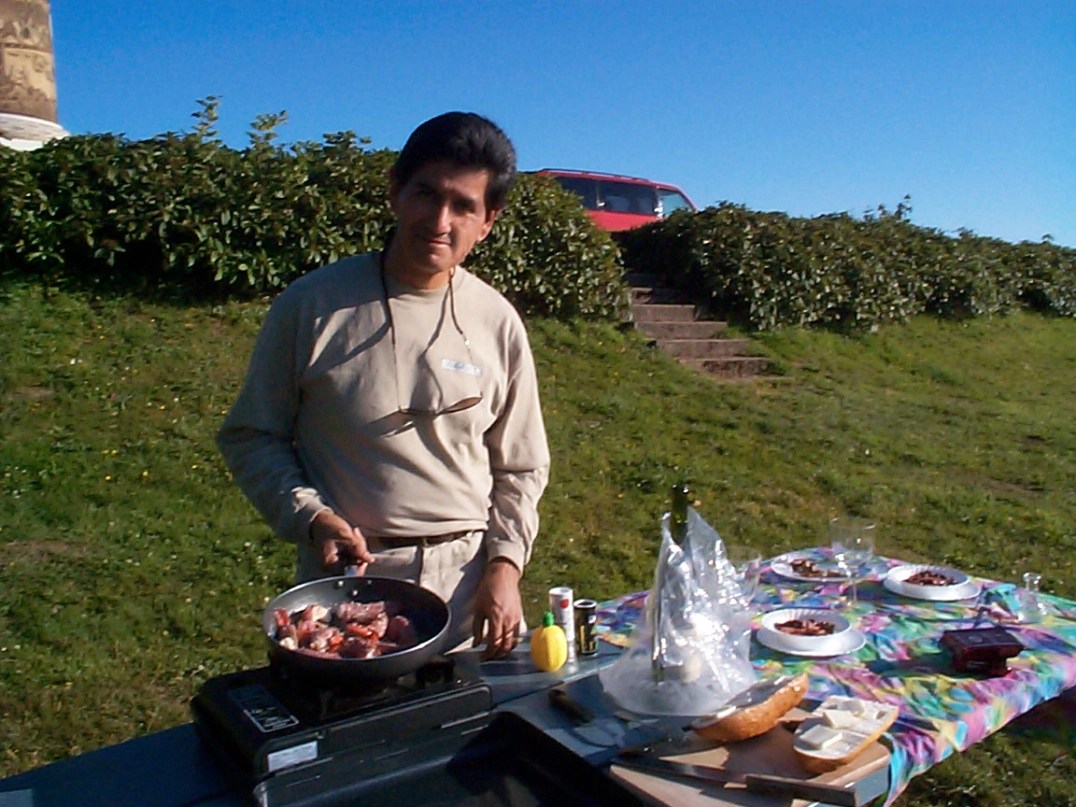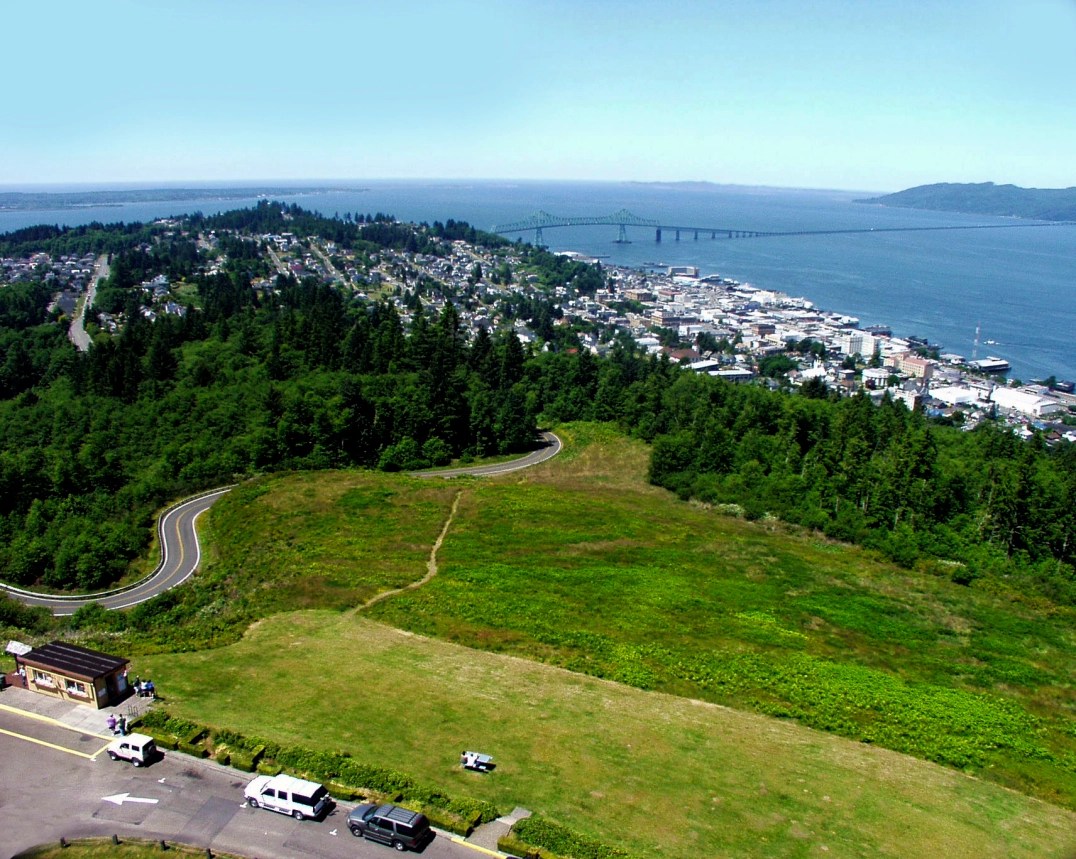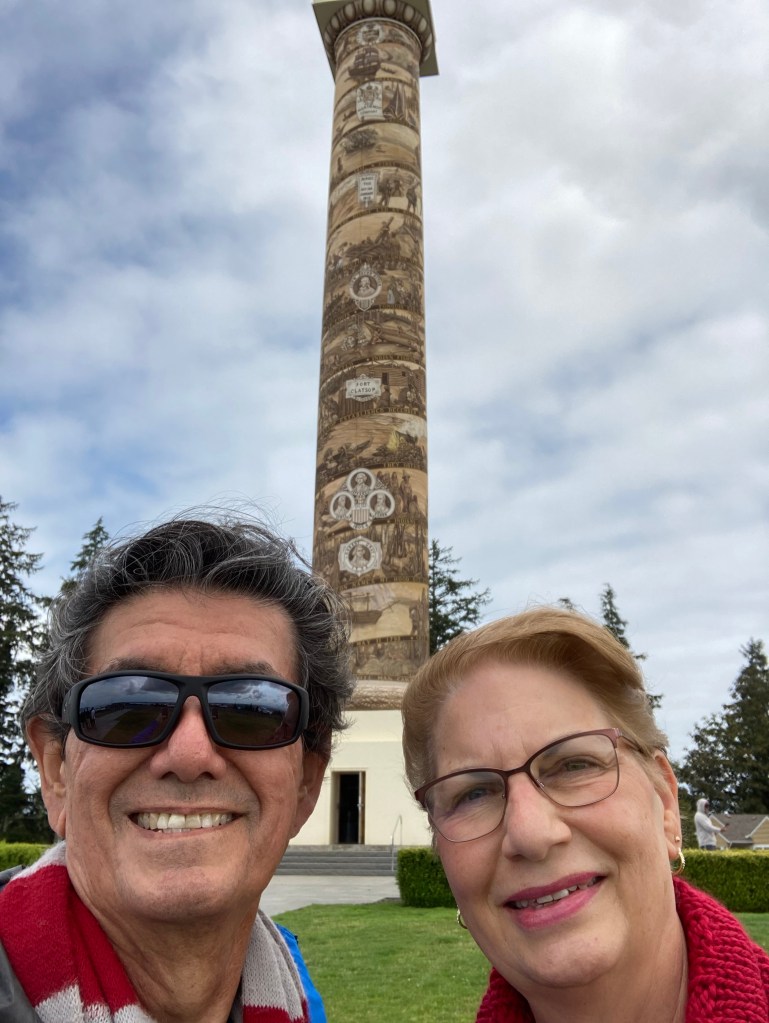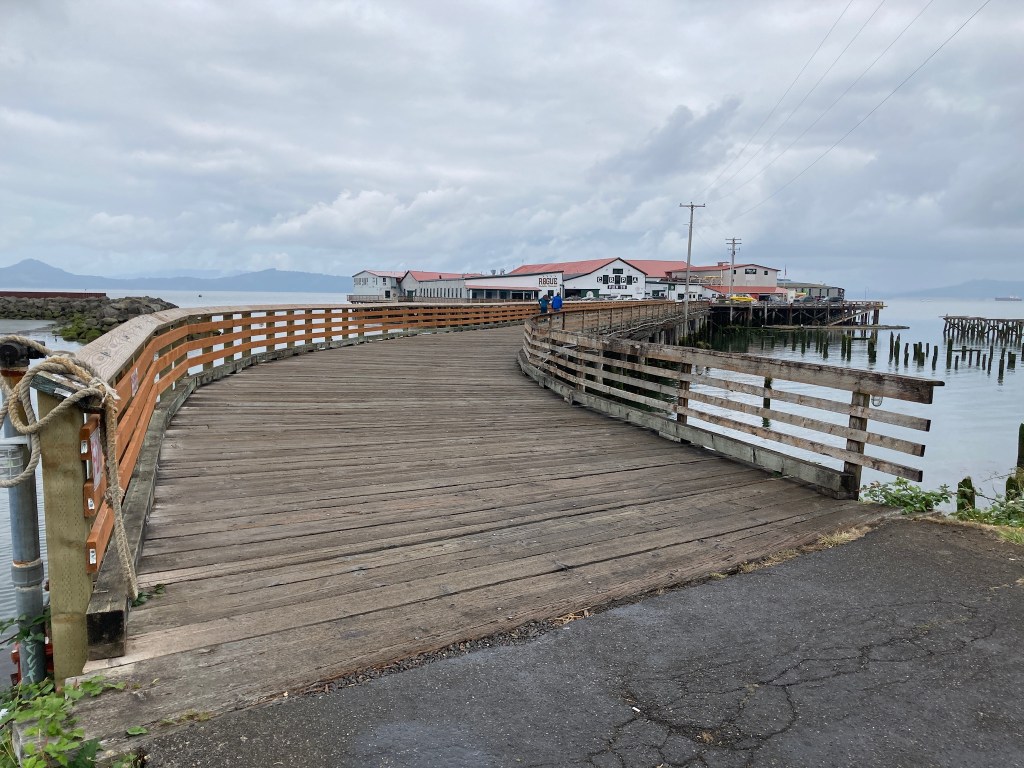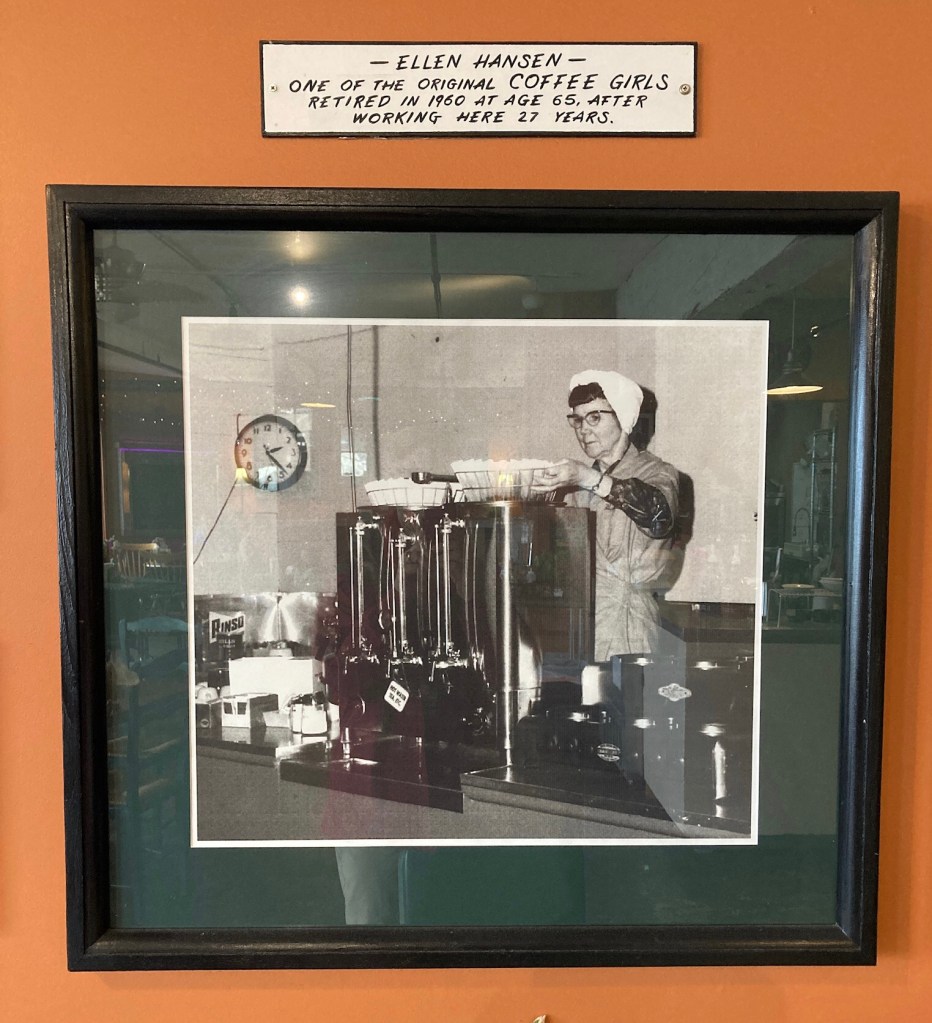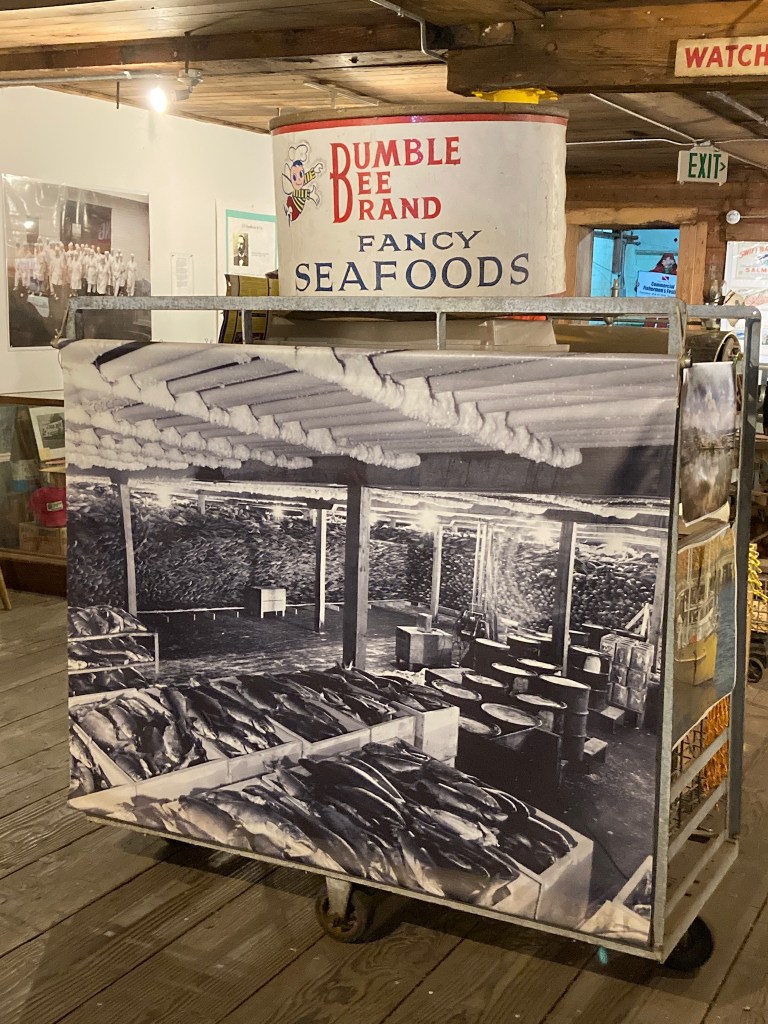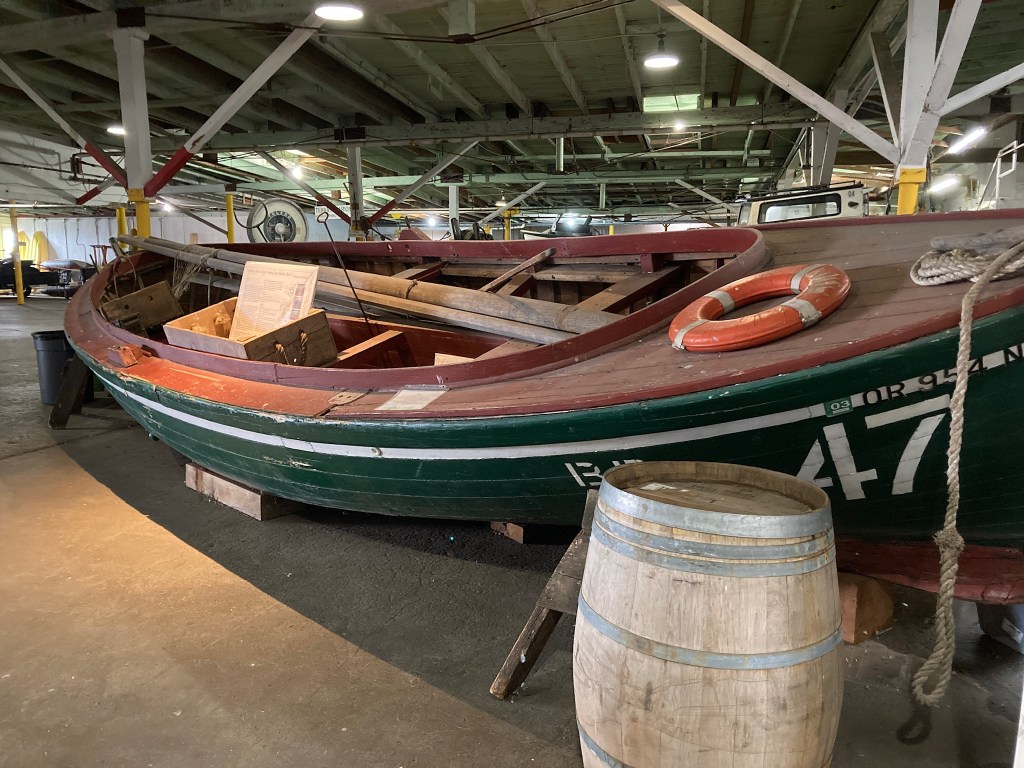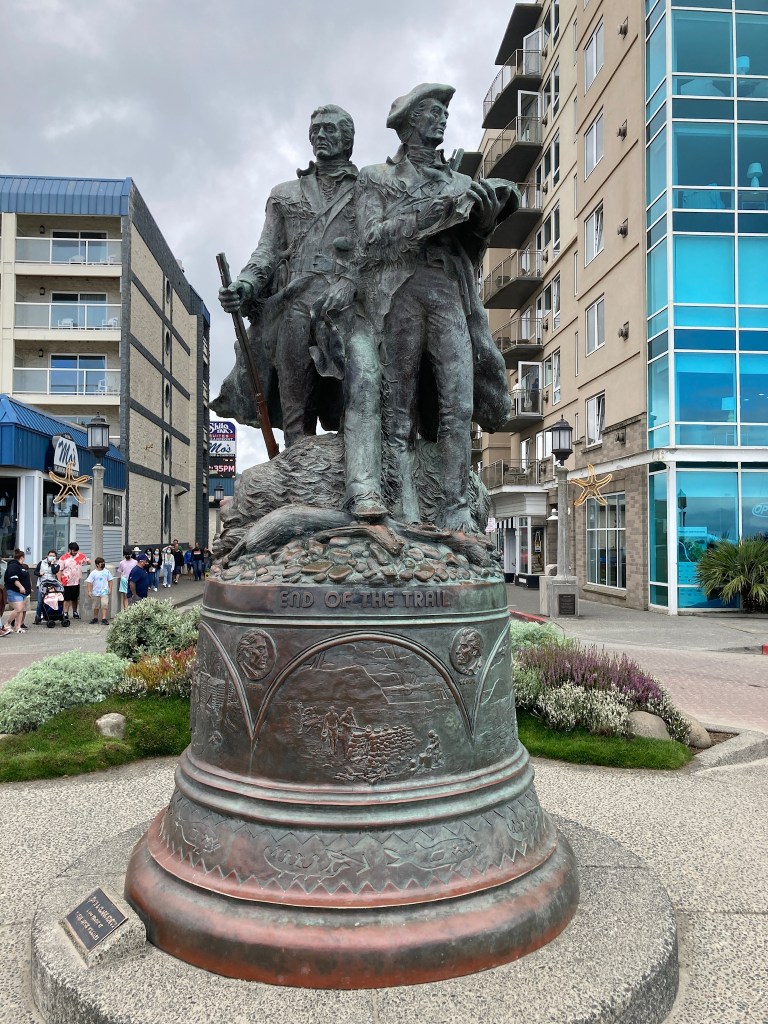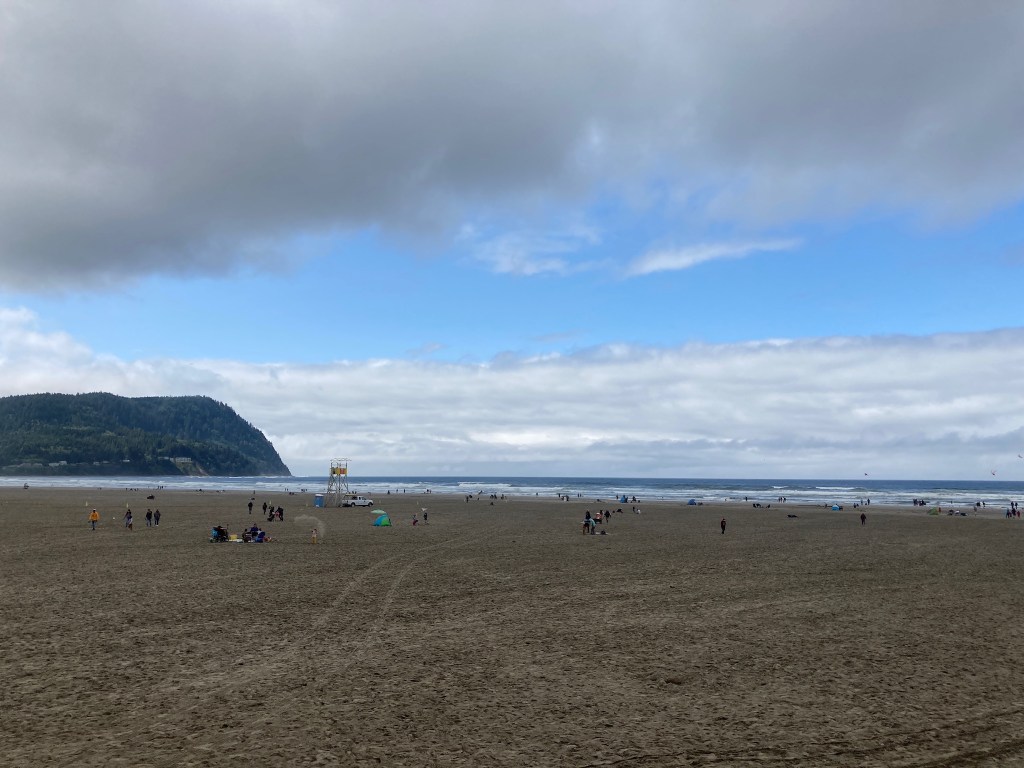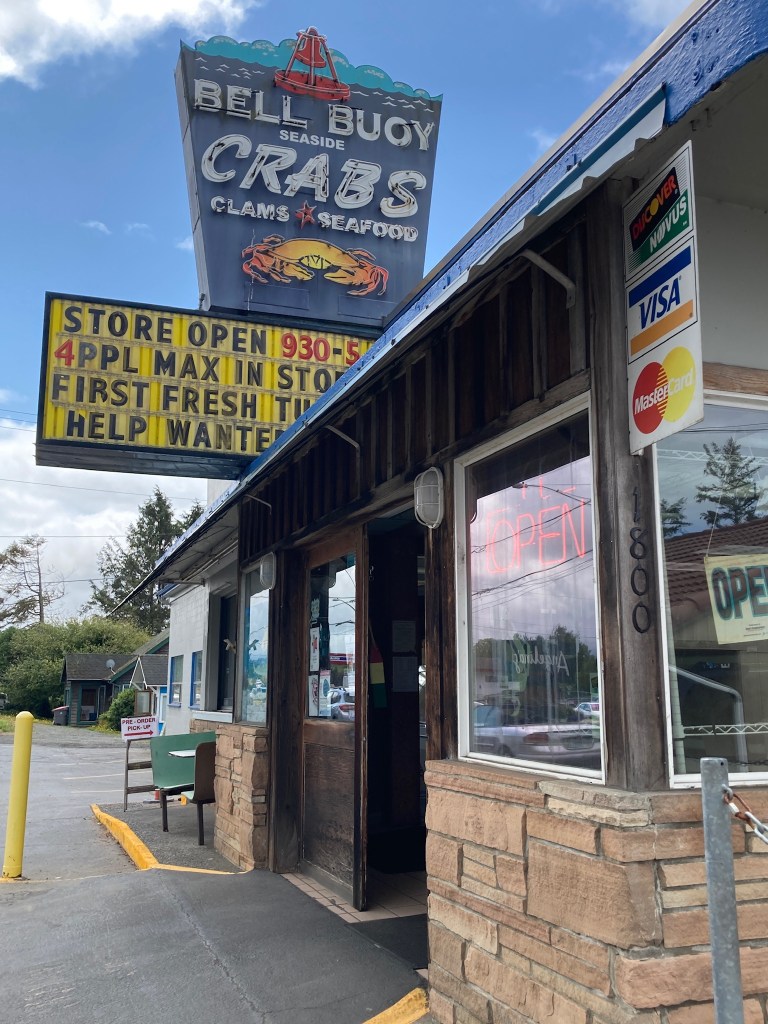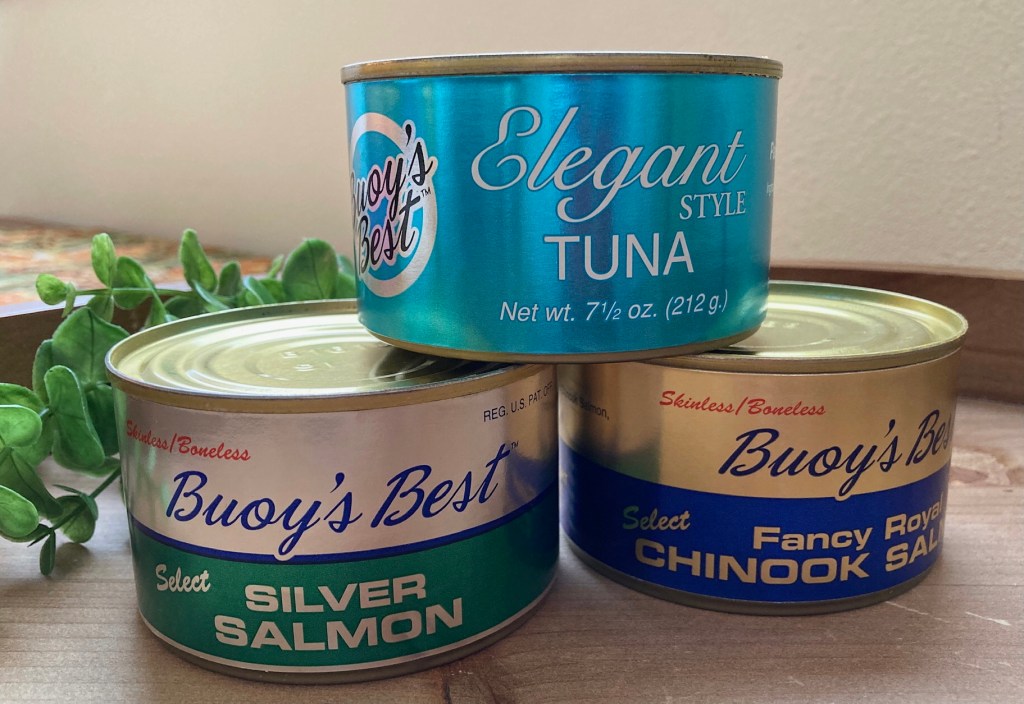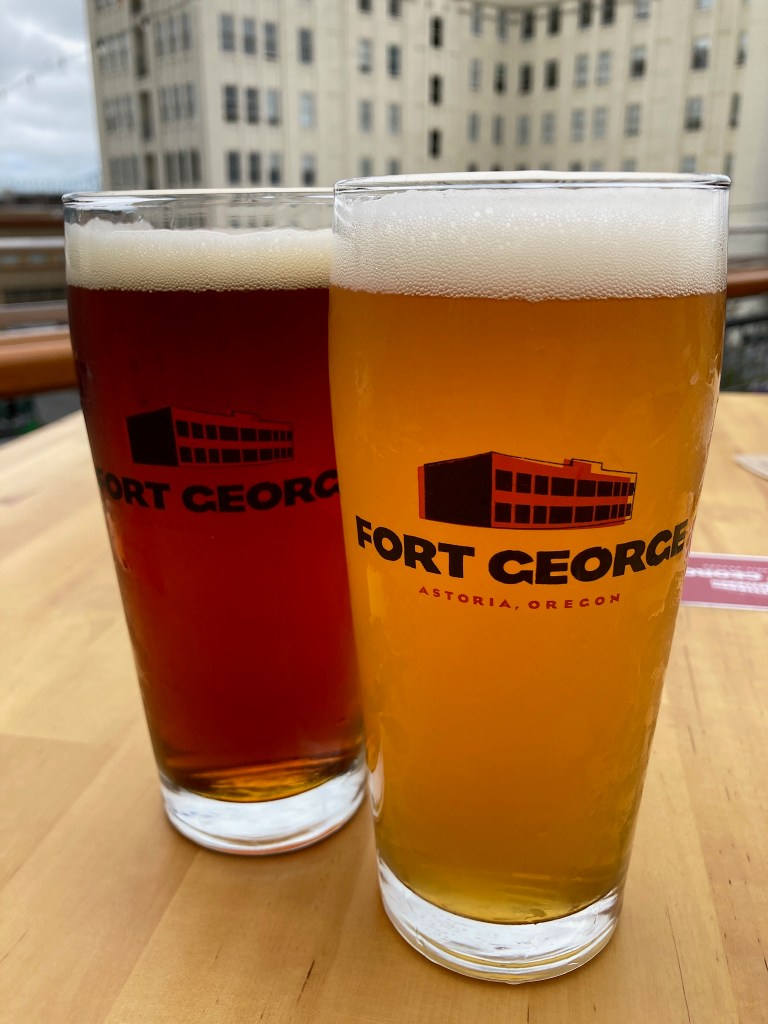California Dreamin’
Farewell Tour
This blog post is long overdue and I can’t promise there will be another one anytime soon. These days it’s pretty challenging to drum up the enthusiasm to write a post with no specific adventure goal in mind. Nevertheless, we are certainly enjoying ourselves here at home with plenty of time for art, music, quilting, knitting, crafting, and various projects.
Last spring, as we were making our “COVID-safe” travel plans to visit various parts of our state, I asked Norman if there was any place else he’d like to go. Since we moved to Oregon five years ago, we have only made a couple of very brief trips back to California. So he suggested planning an extended road trip during which we could could visit all of our favorite California places and hopefully, some family and friends as well. I was very excited about our itinerary — especially the opportunity to indulge in some of the diversity of cuisine and culture that are rather lacking in Oregon. As launch day approached, I began referring to our impending adventure as the “Oregon Appreciation Vacation” and more often, “The Farewell Tour”.
During our two and a half week trip, we succeeded in visiting many of the places and a few of the people we had in mind.
Santa Cruz/Capitola – always an easy and welcome escape from the Silicon Valley during the 12 years we lived in San Jose
The Shadowbrook Inn – the best and most unique restaurant we’ve ever experienced where we celebrated many anniversaries, birthdays, and other special occasions including my retirement
Gayle’s Bakery – another unbeatable culinary spot with the most delicious pastries anywhere including France!
The Crow’s Nest – a happy hour favorite with incredible views of the Santa Cruz Harbor
Capitola Wharf – so quaint with its colorful array of quirky beach bungalows
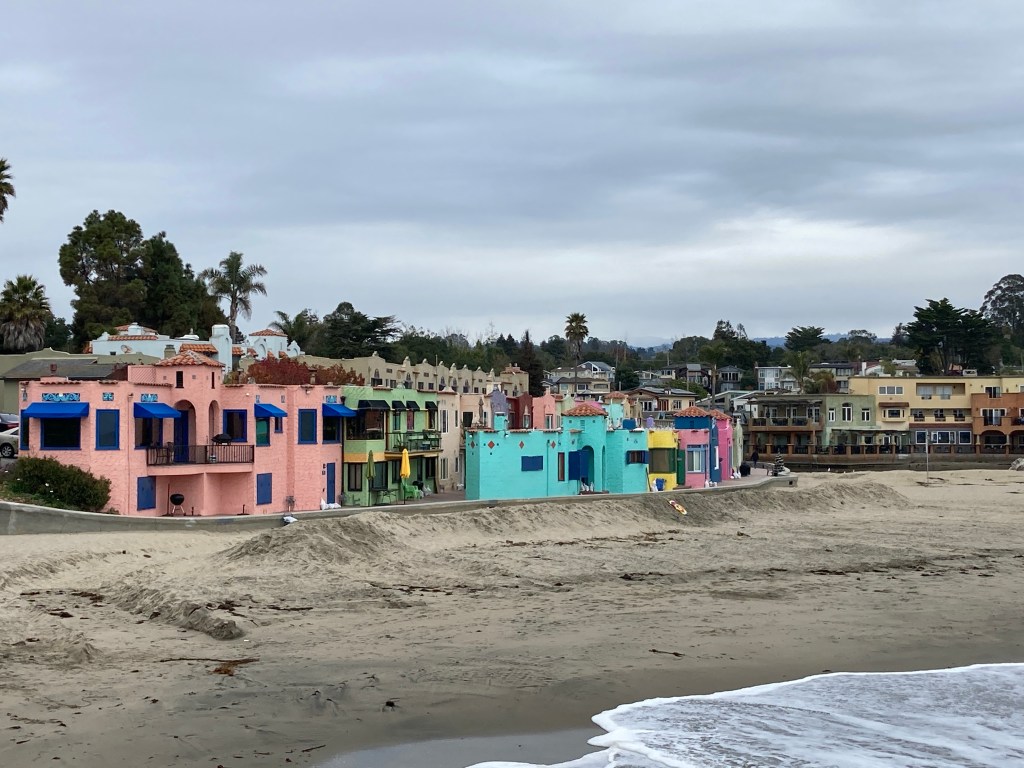
Santa Cruz Lighthouse – a great place to watch those iconic surfers even in December!
The Coachella Valley – where I lived for 20 years, raised my children, and spent the better part of my teaching career with Norman joining me for the second 10 — this was our first time back since 2005
The Living Desert Zoo & Gardens — to delight in the flora and fauna of the desert which are undeniably awe-inspiring (even though we never, ever want to live there again!)
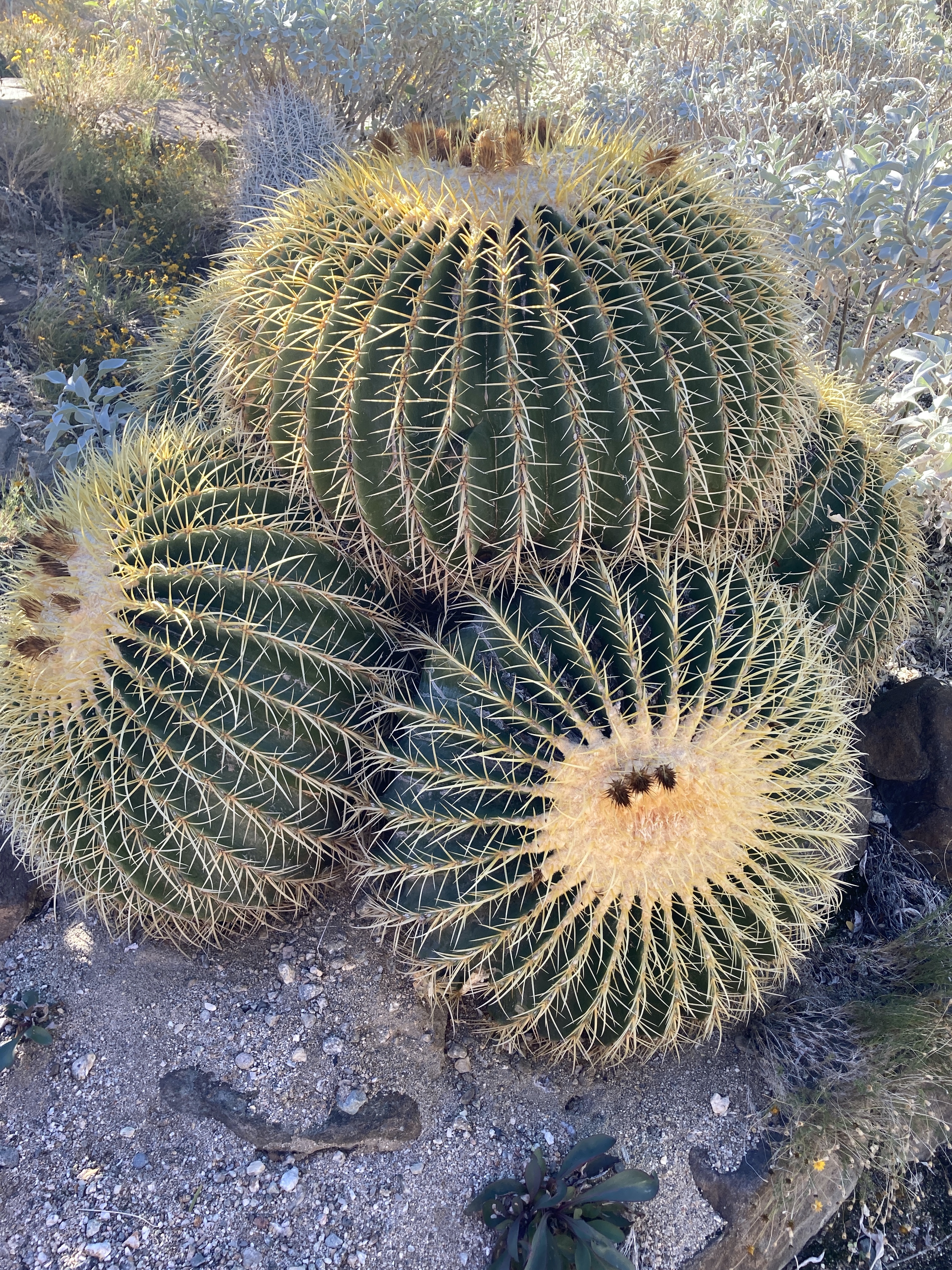
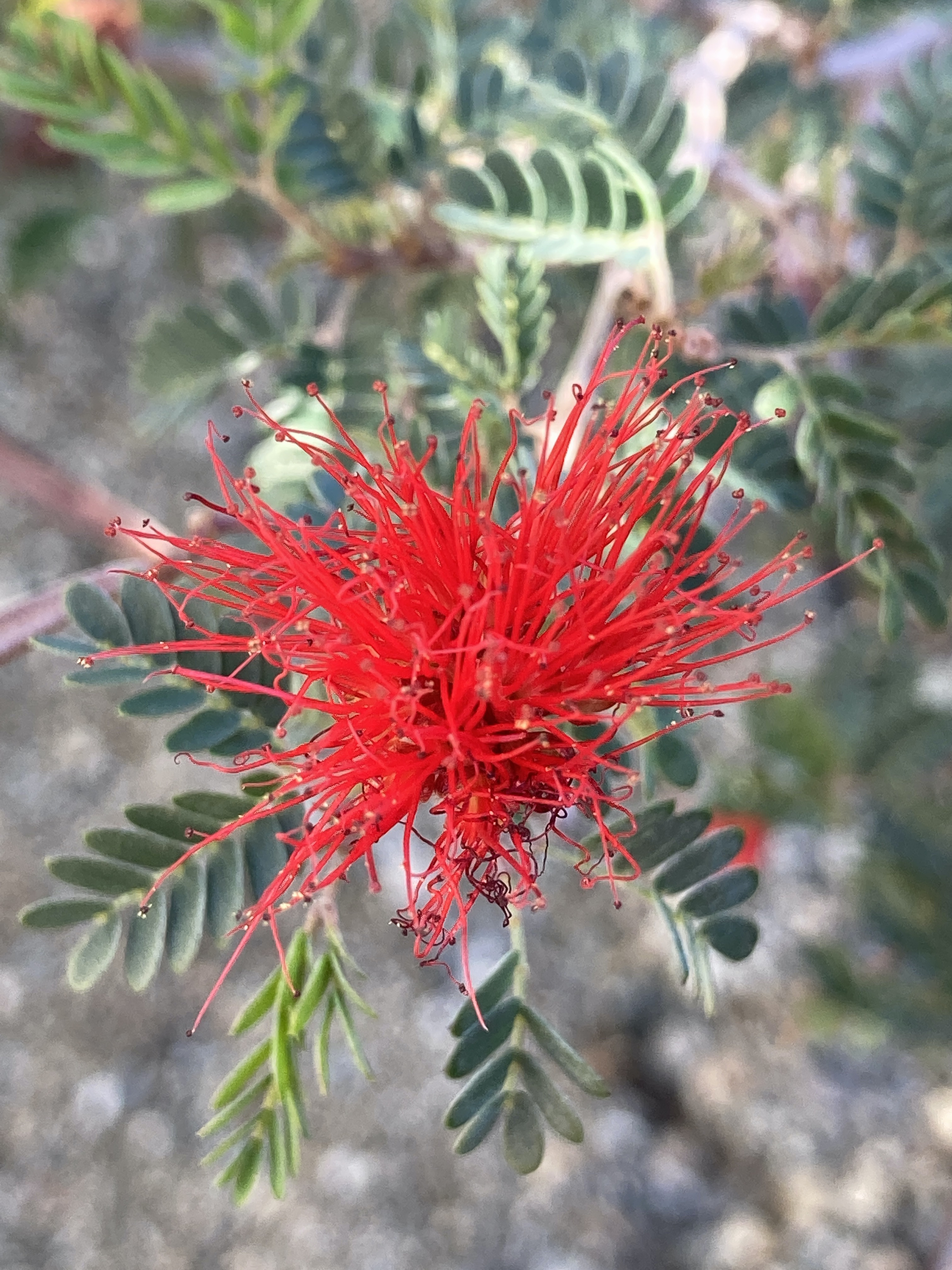
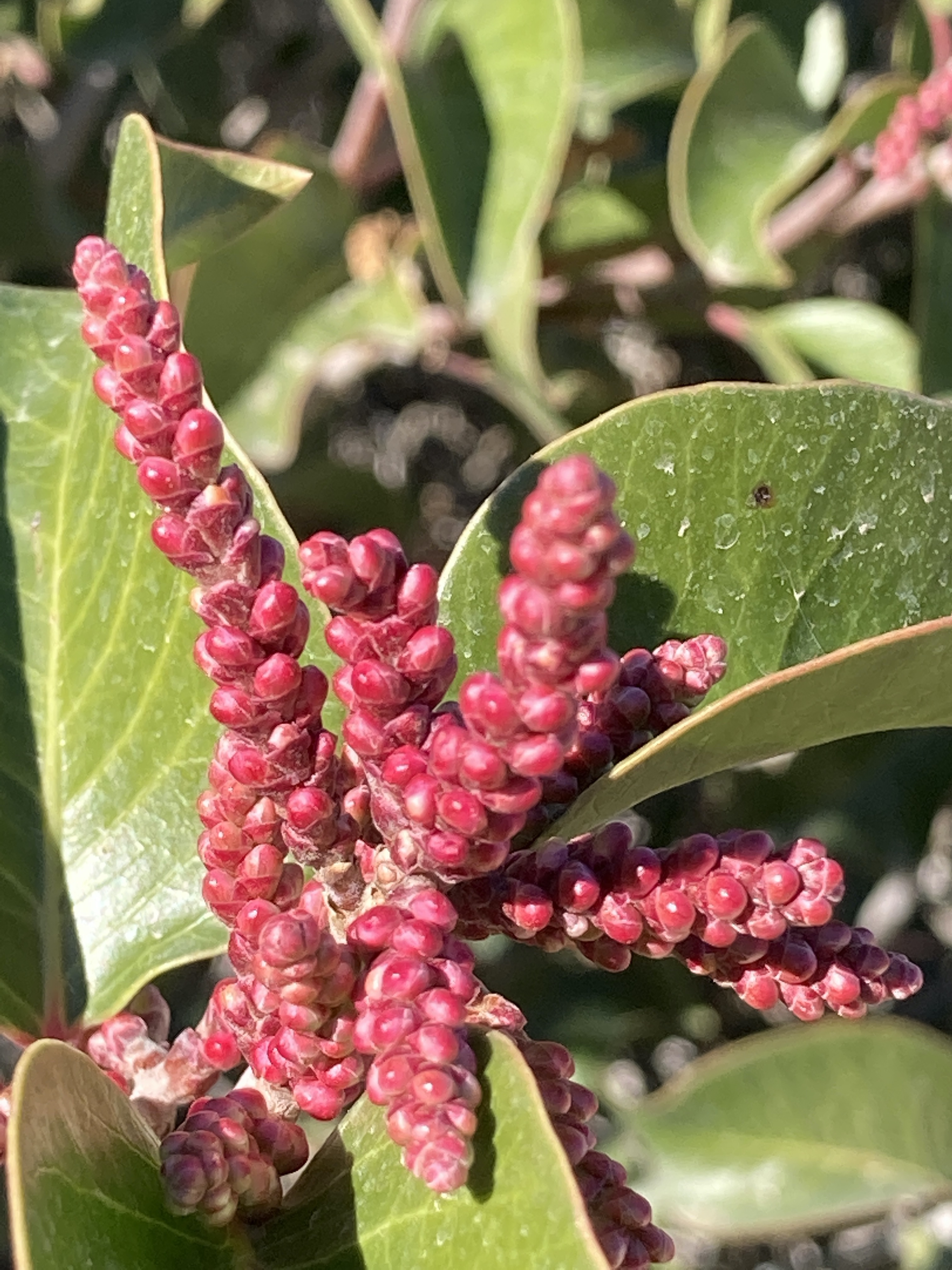
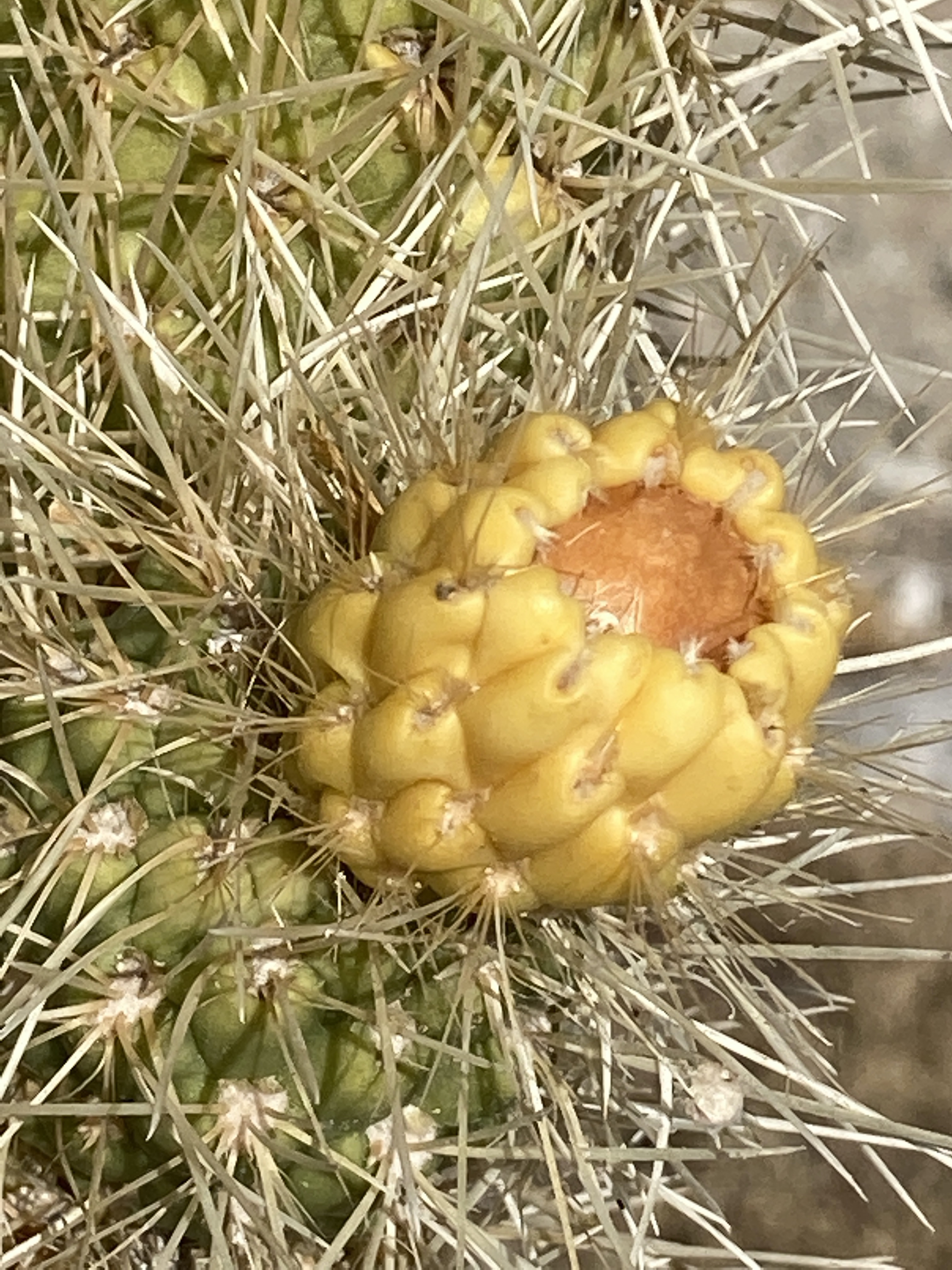
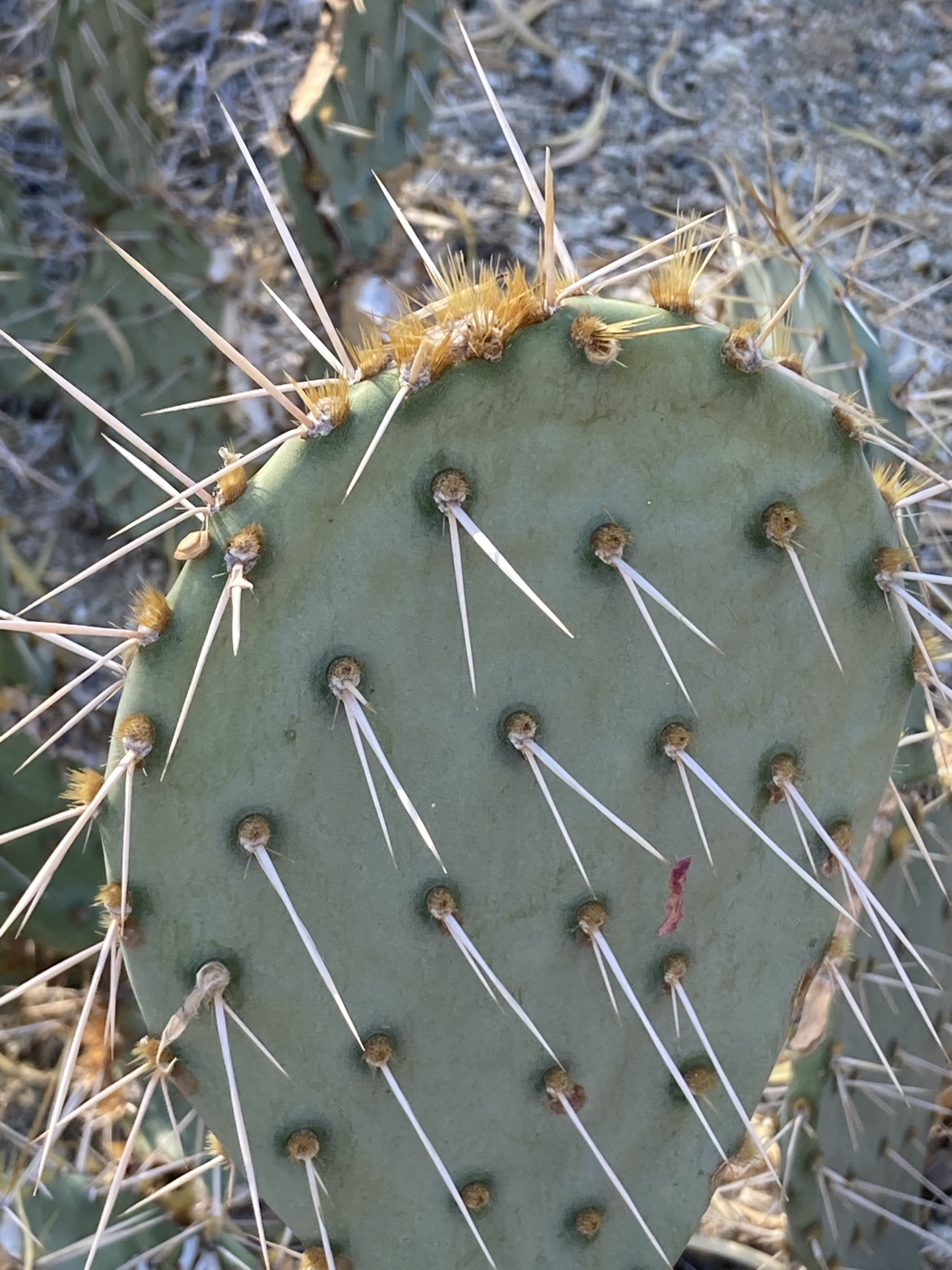
The Palm Springs Aerial Tramway – affording spectacular views of the ever-growing valley and on this occasion, snow!
Yosemite National Park – the grand dame of national parks as far as we’re concerned. The ultimate photo op for avid photographers like us — we made multiple trips during our San Jose years and captured its glory in every season. We were treated to snow here too and, after a wet, icy hike around the valley, enjoyed a wonderful Christmas Eve simply hanging out at the historical Ahwahnee Hotel.
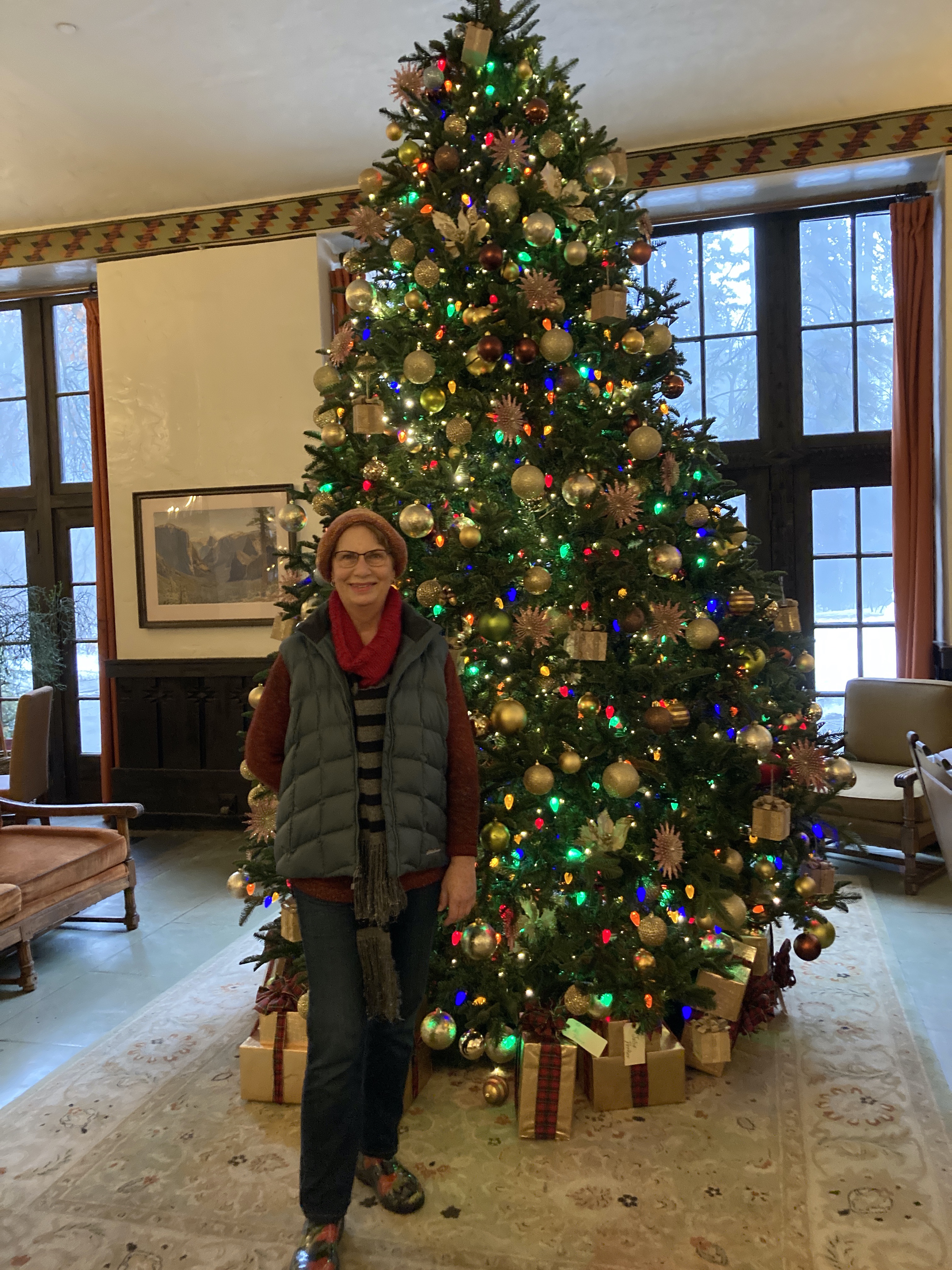
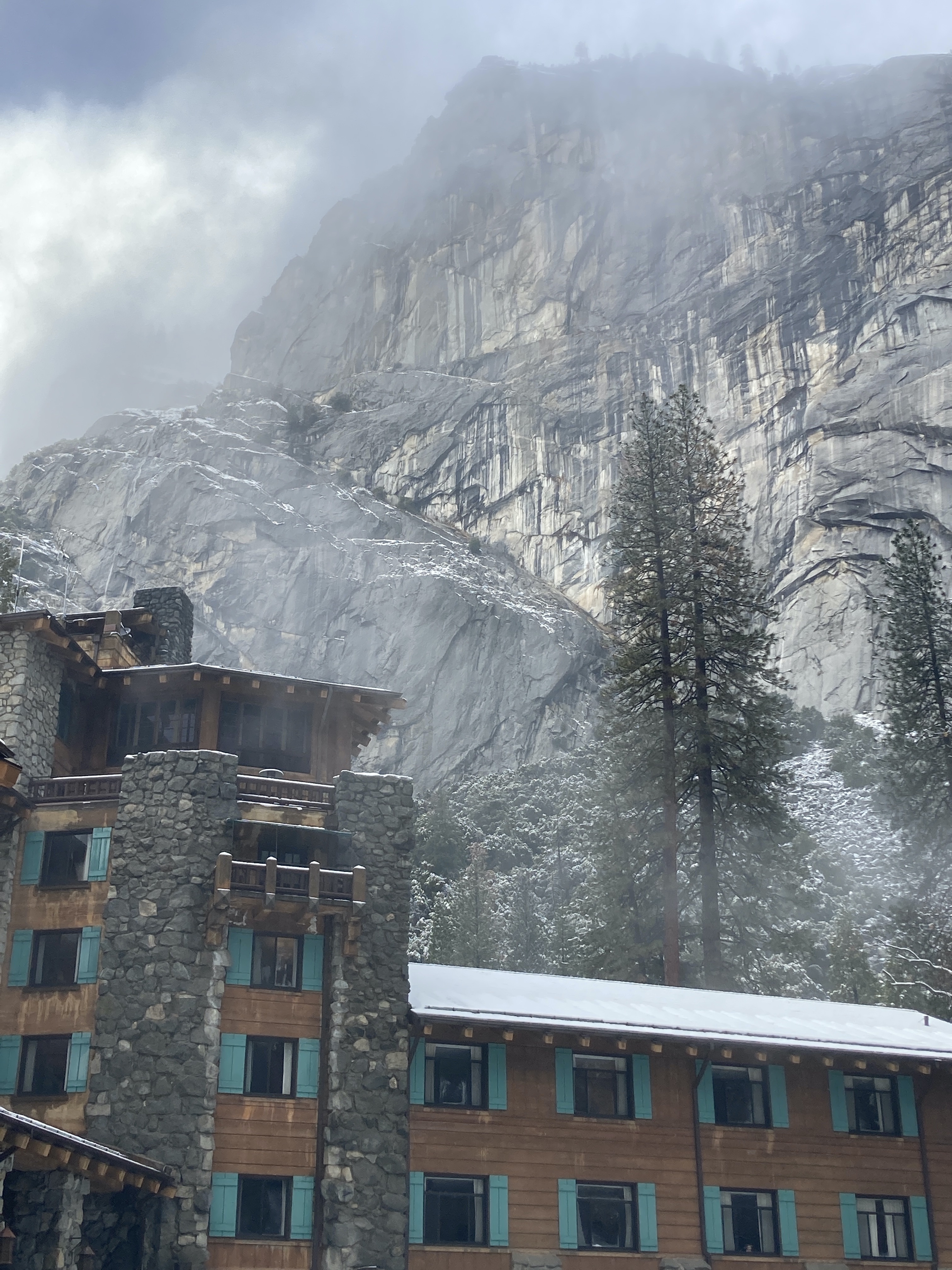

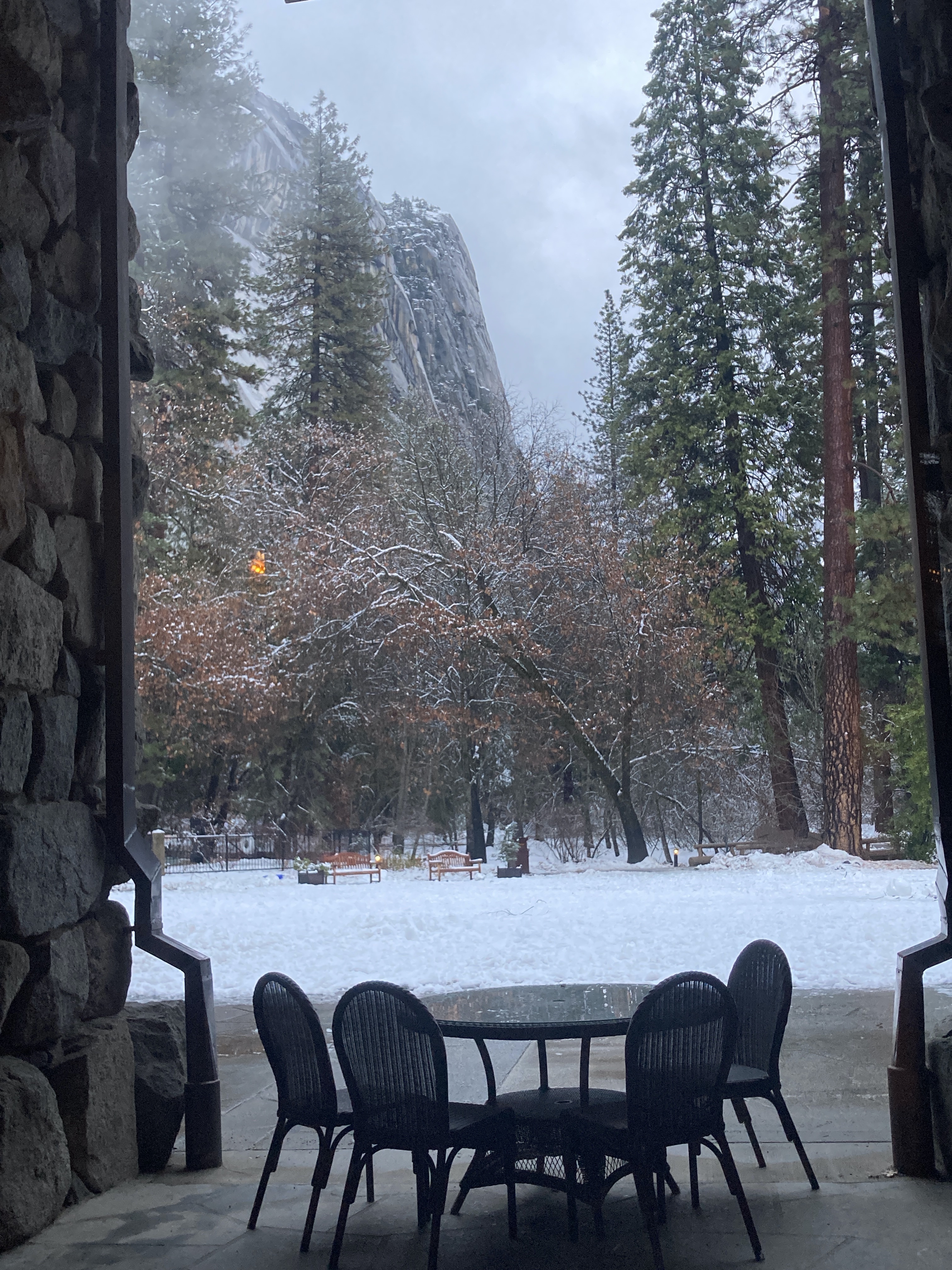
Finally, it was time to return home and we were definitely ready. With snow falling at our AirBnB location in Midpines just outside Yosemite, we barely escaped road closures as we left to make our way north.
After spending a night in Redding, the halfway point on our route, we got back on the highway determined to tackle to Siskiyous which had been heavily blanketed by the most recent storm.
It was a bit of a white knuckle affair, but in the end Norman delivered us safely to Eugene where we arrived to find our house ensconced in SNOW! Not a very common occurrence in this area. How ironic that we missed a white Christmas right here at home.
Epilogue: Once upon a time, we had planned to celebrate our upcoming 25th wedding anniversary with a romantic fall spent in France. However, current world affairs have made that an impractical option. We will endeavor to remain hopeful that things in every arena will improve and sometime in the future we can make one more French dream come true. Meanwhile, we plan to stick with our online French lessons and enjoy as much good French cuisine as possible prepared by Norman here at home. Though we are both Californians by birth, we quite appreciate our choice to become Oregonians. Happiness is where you make it or, as my mom always said, “Home is where you hang your hat.”
Note: This post marks the 10th anniversary of our blog which I began prior to our first adventure in France in 2012. It has been quite a journey and we have the blog posts to prove it even if they are mostly for ourselves. Thanks to the small cadre of followers who joined us along the way, commented on our adventures, and helped us reach over 10,000 hits — though many of them are probably our own. 😉

